This blog post shares my travel experience in the United States during the summer of 2024. In this two-week trip, I visited cities on the West Coast, including San Francisco and Los Angeles, and on the East Coast, including New York and Washington, D.C.
Route and Attractions Map
My general itinerary involved driving from San Francisco to Los Angeles, then flying to New York, taking a train to Washington, D.C., and finally flying back to San Francisco.
Pre-Trip Preparations
Visa
Fill out the DS-160 form, schedule an interview slot, and then go for an interview at the consulate. Slots at the southern consulates are quite tight, so it’s advisable to book about a year in advance of your planned trip. Based on DPs from people around me, graduate students applying for a visa may be asked by the officer to provide a transcript and CV (even if the purpose is tourism), so it’s recommended to prepare these in advance. If you don’t have them, you might be put on hold (check), and you’ll need to send your transcript, CV, and travel plan to the consulate’s email, which takes about a month to process. You’ll then get a one-year visa with CLEARANCE RECEIVED 202X-XX-XX. It’s said that this clearance is valid for 48 months, but I haven’t tried to get another visa yet. The only advantage of a one-year visa compared to a ten-year one is that you don’t need to fill out EVUS again.
Flights
It’s recommended to check Google Flights and other platforms frequently. Generally, it’s advisable to start looking at and buying transoceanic flight tickets about 6 months before your trip, as prices are relatively lower then. However, since I chose to travel in August, which may coincide with many international students returning to school, the prices for direct flights and convenient connecting flights (via Japan and South Korea) all exceeded 10,000 RMB. After considering flight prices and comfort, I chose the route MFM-SIN-SFO and SFO-SIN-HKG, operated by Singapore Airlines, which cost about 7,500 RMB per person after a student discount. But it must be said that this route is much longer than a direct flight. The great-circle distance for the MFM-SIN-SFO one-way journey is as high as 16,117km, a distance that can reach South America. In comparison, the direct HKG-SFO flight is only 11,147km, a difference of 1/3 in distance.
For domestic flights within the US, it’s recommended to purchase tickets about 2 months before departure. However, considering that the three major US airlines (UA, DL, AA) allow free changes and refunds for the price difference (as vouchers) on domestic flights, even if you buy a more expensive ticket, you can convert it to a cheaper one through a refund as a voucher.
Car Rental
Considering that this was my first time driving overseas, we booked a car on the website 租租车 (Zuzuche) for our self-drive trip from San Francisco to Los Angeles. (In theory, large OTAs like Zuzuche and Ctrip should work, as they can get travel agency rates. The only requirement is that the renter needs to present a mainland China driver’s license.) The car rental company we were assigned was Avis. Renting a Compact car for 7 days cost about 495 USD. The actual car we got was a 2020 Hyundai Elantra Limited, which had features like ACC, lane keeping, and CarPlay. Aside from the average noise control, I was quite satisfied with it.
Attractions/Experience Ticket Bookings
Museums in the United States are not as competitive as those in Europe and other places. Generally, booking two or three days in advance or even buying tickets on-site is fine. The only tickets that were sold out on-site were the ferry tickets to Alcatraz Island in San Francisco.
Payment Methods/Tipping
Most places support credit card payments. We only encountered one small pizza place that didn’t accept credit cards. Considering the tipping culture in North America (though I don’t like it), it’s recommended to have a few tens of 1 USD bills for tipping hotel shuttle drivers and housekeeping (if you don’t have them, it’s okay not to tip. I exchanged some at the hotel front desk on the first day).
| Scenario | Is Tipping Recommended? | How Much to Tip | How to Tip |
|---|---|---|---|
| Handling luggage, valet parking | If no price is listed, yes | 1 USD per bag, valet parking depends on the situation | Cash |
| Housekeeping | If staying more than 1 night, yes | 2-5 USD per night | Cash, placed under the pillow |
| Restaurant (with waiter service) | Generally yes | If writing the tip amount, I usually give 10-15% of the pre-tax amount and round it up. | Calculated when paying by card |
| Restaurant (counter service) | Optional | If the server doesn’t bring the food and I pick it up myself, I usually don’t tip. If the server brings the food, then I give 10% | Calculated when paying by card. Some POS machines have default options like 15%, 18%, 20%. You can ignore them and enter your own custom amount. |
Phone/Data Card
If you have a phone that supports eSIM, you can try the 15-day trial with Visible or Verizon. Or you can buy a phone card on Fliggy (飞猪). A 15-day card costs around 120-150 CNY. It’s important to note that if you’re driving in more remote areas, most carriers might not have signal (like in the middle of Highway 1). If necessary, you can download offline maps. Also, hotspotting on American phone cards will be speed-limited (about 5Mbps). If you need higher speeds, it’s better for everyone to have their own card.
Climate
The weather on both the East and West Coasts in August isn’t too cold, with temperatures ranging between 15-30 degrees Celsius. The coldest times (San Francisco mornings, New York) require a sweater and a jacket, while the hottest times (Los Angeles) are fine with a t-shirt and shorts.
Day 0: Arrival in San Francisco
Considering the need to pick up our rental car on the third day and the price of accommodation in the city center, we chose to stay at the Aloft SFO hotel in the Millbrae area near the airport. The hotel has a free shuttle bus to and from the airport, about every half hour, and it takes 10 minutes on the shuttle. The Millbrae station of the Caltrain and BART is also close to the hotel, about a 10-minute walk away.
After dropping off our luggage, a local friend took me around the city, briefly visiting areas near Union Square and Chinatown.
Day 1: San Francisco City
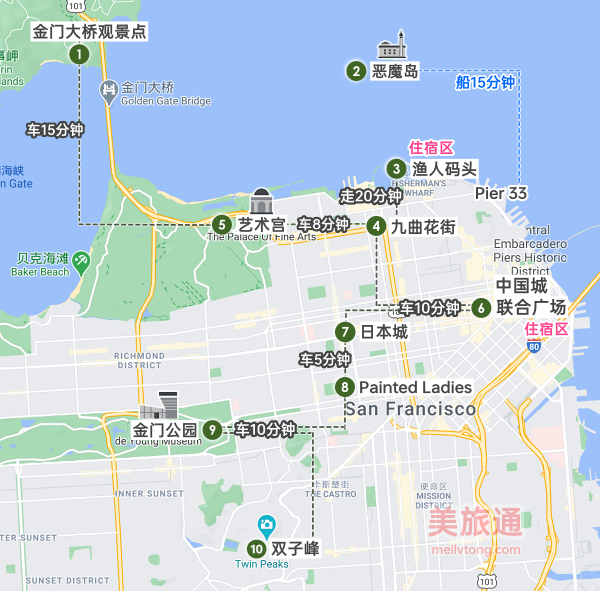
Considering San Francisco’s safety issues (especially car break-ins), we didn’t try to drive in the city center. Instead, we mainly relied on public transportation like BART, trams, and buses.
In the morning, I took the BART into the city. You can use Clipper to ride BART, which can be opened on an iPhone (no opening fee). It must be said that the fare evasion issue on BART is serious. Both when entering and exiting the station, I saw more than one person jumping over the ticket barriers, and the staff didn’t seem to care much.
After getting to Union Square, we walked to the Painted Ladies and then to Japantown, where we had lunch.
After lunch, we experienced Waymo’s self-driving car. Similar to Pony.ai, which I experienced in Guangzhou, Waymo also uses an app to select the starting point and destination, and then you can wait for the car at the designated location. Compared to Pony.ai, Waymo’s cars seem to drive more aggressively (which might also be because Waymo uses electric cars), even trying to cut into the right-turn traffic flow. We rode for 2.4 miles (4km), which cost 24 USD, quite expensive compared to Uber (about twice the price of a standard Uber).
Waymo
After taking a ride to the seaside, I experienced the cable cars. The experience was similar to the trams in Hong Kong, but unfortunately, there were too many people, and I couldn’t experience standing on the sides of the car.
After that, we walked to Fisherman’s Wharf. We originally wanted to take a ferry to Alcatraz Island, but since the Alcatraz ferry tickets were sold out when we tried to buy them three days in advance, we settled for a sightseeing boat tour to see the Golden Gate Bridge instead (there were plenty of seats on the sightseeing boat, and you could buy tickets at the ticket office at any time).
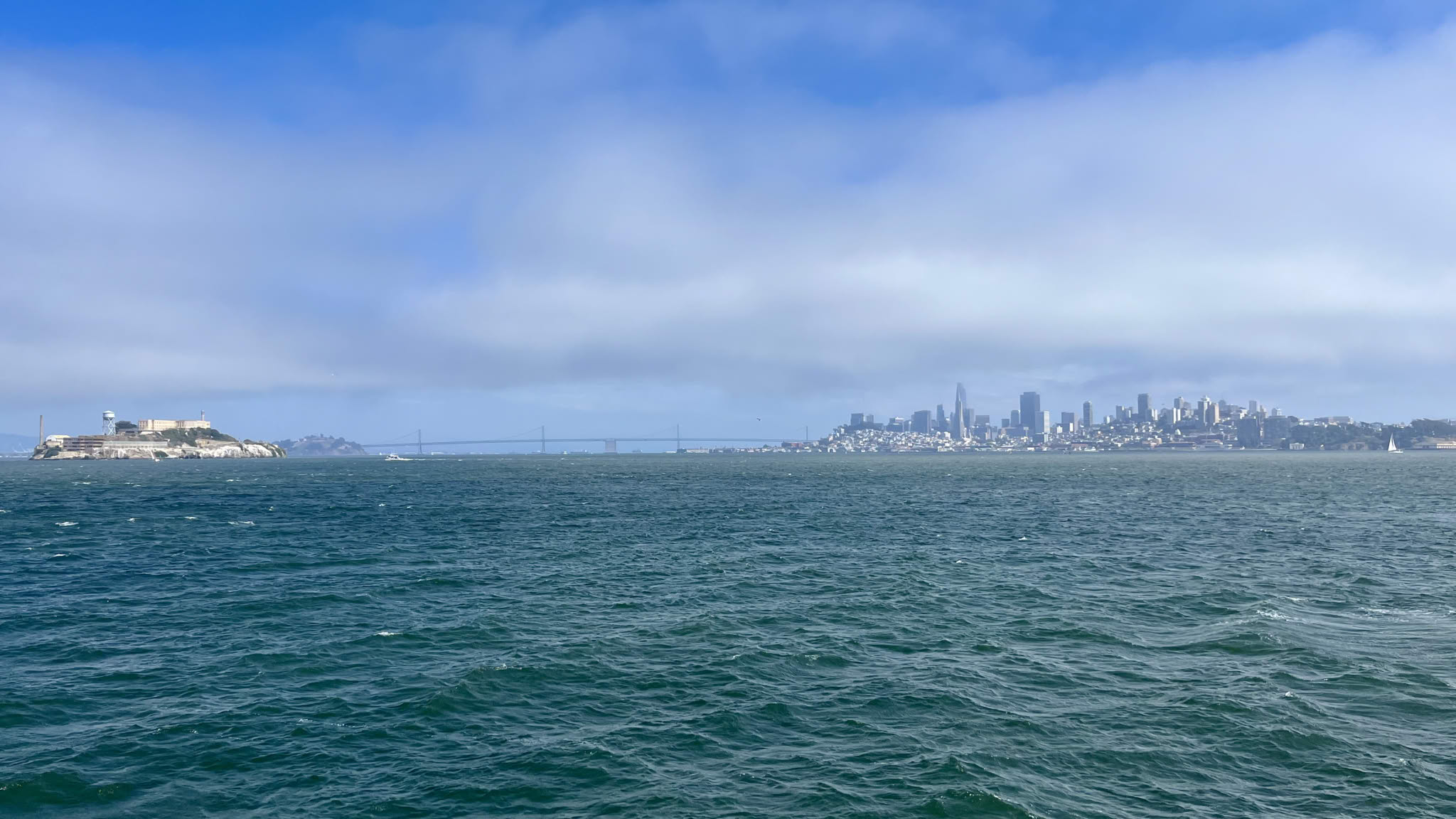
In the evening, with the goal of trying all of San Francisco’s public transportation, we took the bus to the San Francisco Caltrain station and took the train back to Millbrae. Compared to BART, Caltrain is a more serious commuter rail (but you can use Clipper). The staff checking tickets only allowed people to go to the platform 10 minutes before departure, a bit like CR (China Railway). The Caltrain we rode was still the Gallery Car from before the electrification (right side of the picture below), which seems to be at least 40 years old. The structure of the car is very unique; the middle of the second floor is hollow and connected to the first floor.
Day 2: San Jose
This morning, I took the hotel shuttle back to the airport again and then took the airport AirTrain to the rental car parking lot to pick up the car. The self-driving trip from San Francisco to Los Angeles officially started on this day. According to the car’s odometer, we drove 745mi (1198km) in six and a half days.
Since we had already prepaid for the car rental online, we only needed to show our driver’s license and sign the contract at the counter. After the counter froze the 250 USD deposit on the card, they told us the location of the car in the parking lot, and we could directly go upstairs to pick up the car. The only thing to note is that the staff at the counter might ask if you want to add some insurance, refueling service, and ETC. If you don’t need them, you need to explicitly reject them. I rented a Compact (Corolla or similar) and got a 2020 Hyundai Elantra Limited, which had features like a digital dashboard, ACC, lane keeping, and CarPlay.
Stanford University
After driving out of the airport, we first went to Stanford University. If you need to park, consider parking spots around Stanford Oval. If you want to eat nearby, you can also park in the parking lot next to the Stanford Shopping Center, and then walk or take the university’s shuttle bus to the campus.
Interestingly, the Stanford campus was the place with the most Chinese tourists on our entire trip, perhaps showing the strong desire for famous universities in East Asia.
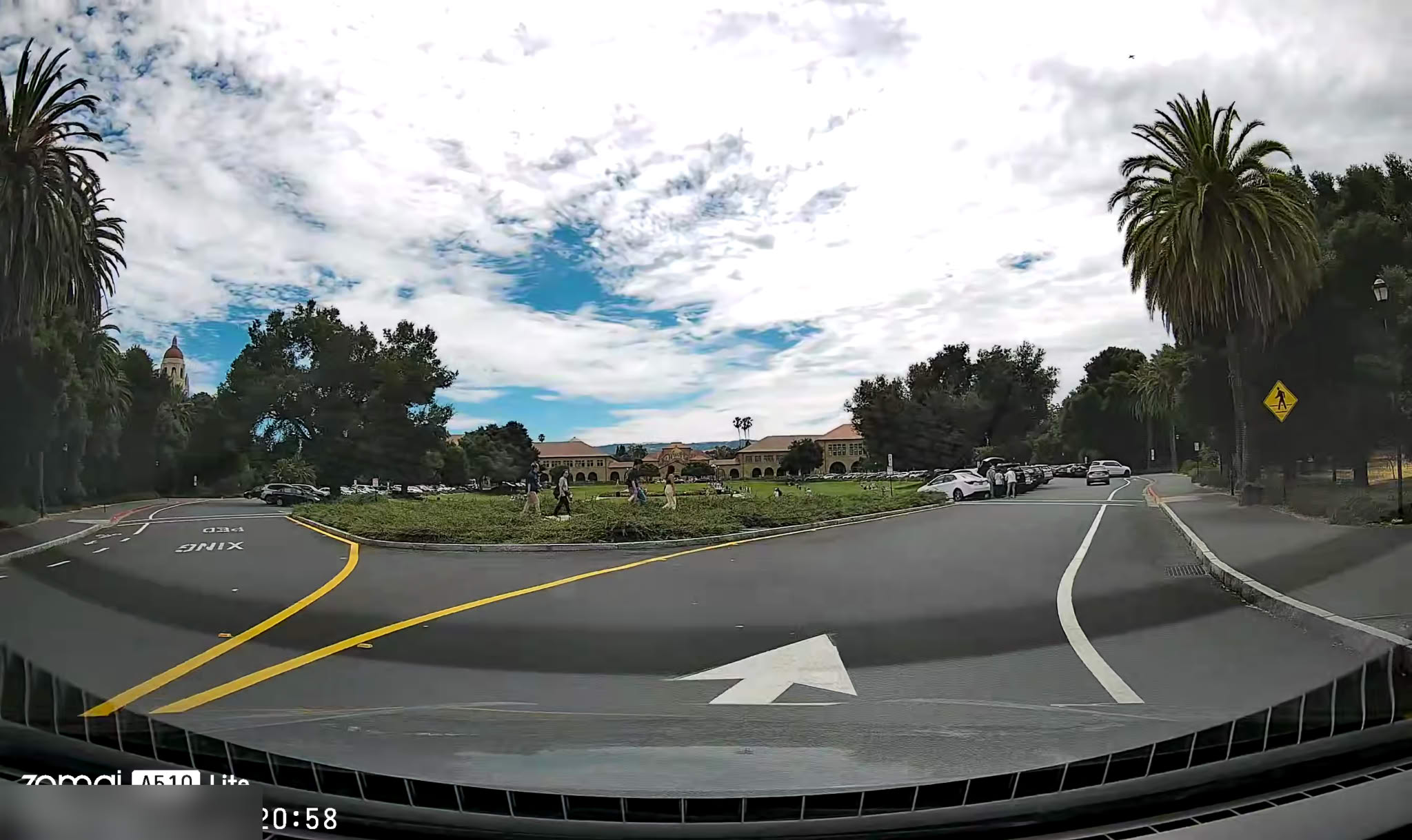
GooglePlex
GooglePlex has a separate visitor center with a store that sells Pixel, Google Cast, and other Google-branded products, and a cafe. Tourists can park at the Shoreline Amphitheatre Parking Lot C. After crossing the street, you’ll reach the new GooglePlex main building. There are many bicycles in the Google campus that seem to be free to ride. We went to the work area on a weekend, and it seemed that no one was working overtime inside, and the lights were off. I wonder if the headquarters needs to set an example for a five-day work week.
Apple Park Visitor Center
Apple’s visitor center is located outside Apple Park, and visitors cannot enter Apple Park itself. However, Apple Park has an AR model where visitors can use an iPad to view the entire Apple Park model (probably to showcase ARKit). The Apple Park visitor center is also an Apple Store, which sells small souvenirs like shirts and cups, unlike regular Apple Stores.
After visiting Apple Park, we drove to the hotel. Interestingly, the hotel was next to the headquarters of Cisco and Cadence, and seemed to be the reception hotel for these two companies. There was even a Wi-Fi network called “Cadence” in the hotel. There was a shopping plaza next to the hotel (shopping plazas in North America are literally squares, with a large parking lot in the middle and some shops around it). There was a Walmart and a McDonald’s, so we had dinner there and bought some water for the car.
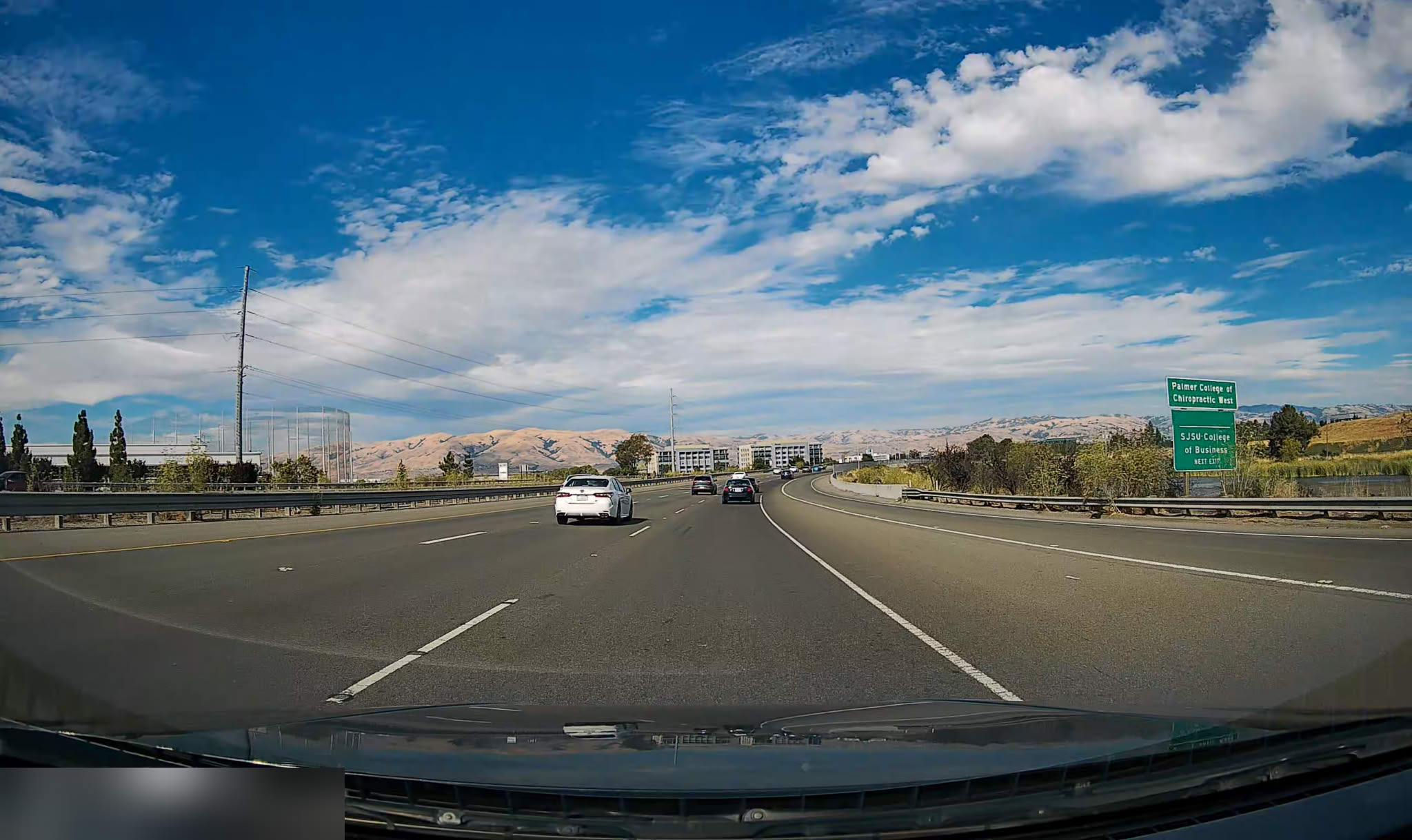
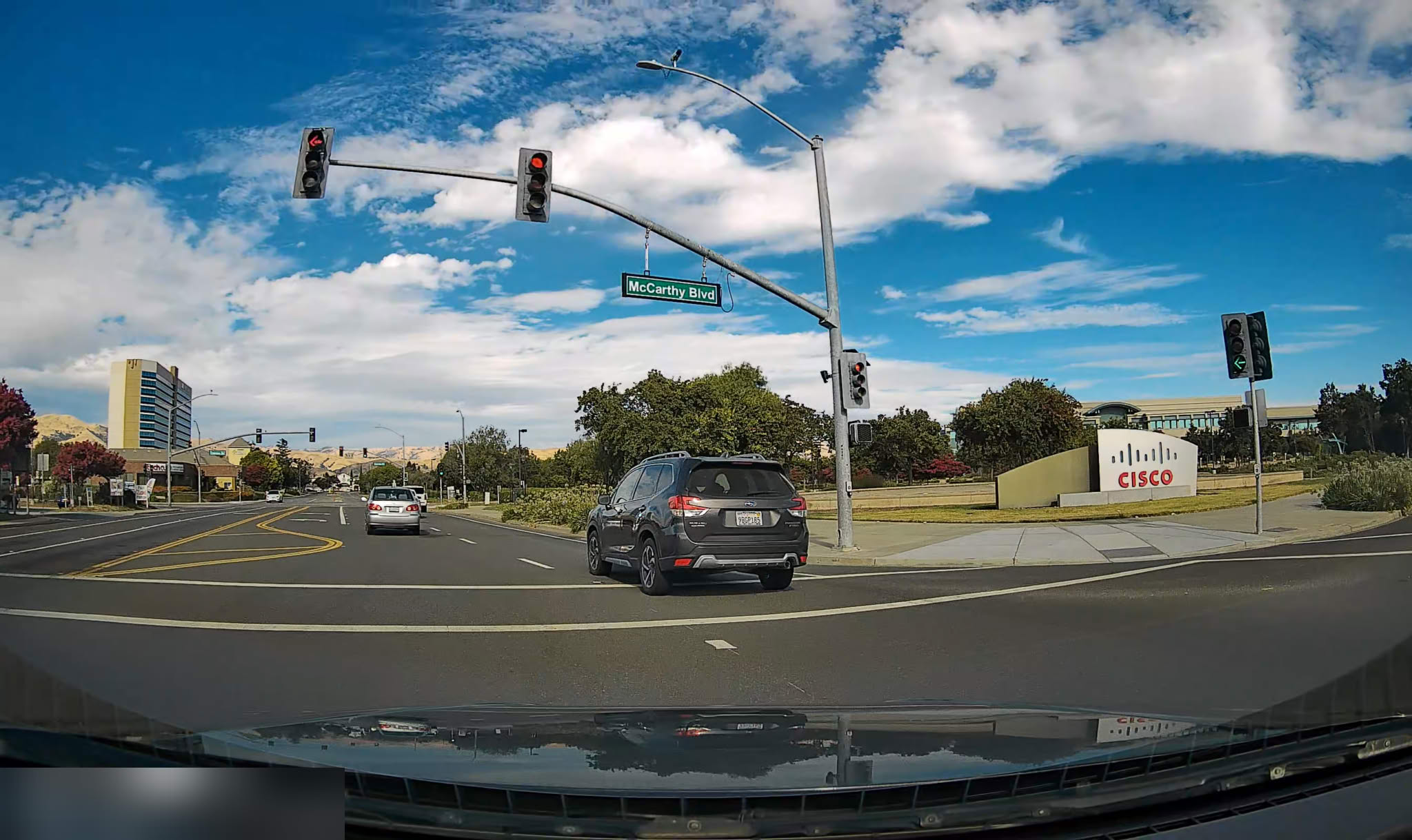
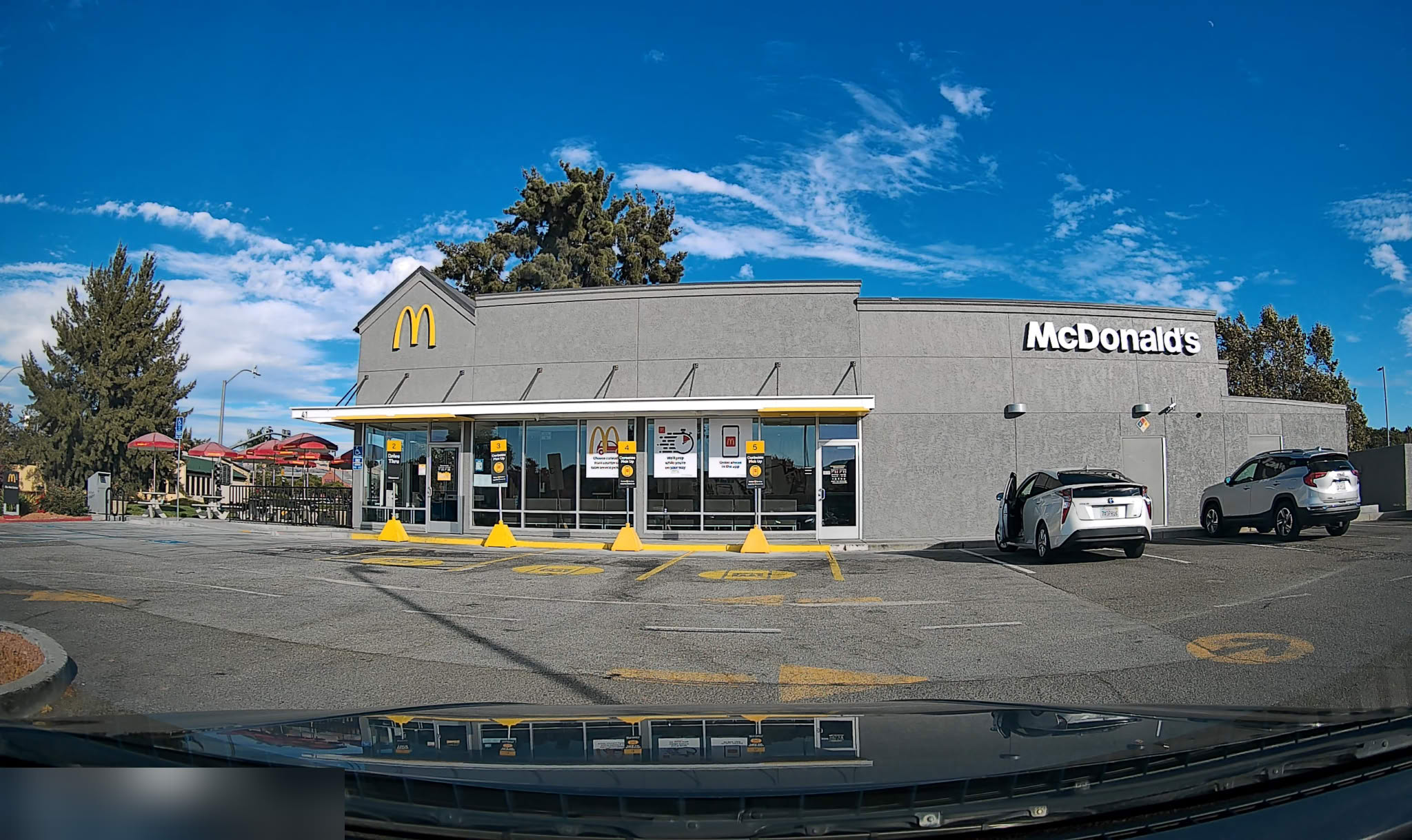
Day 3: Monterey, CA-1, Seaside
After having breakfast at McDonald’s in the morning, we first headed southwest on CA-85. After a stretch of mountain road, we reached CA-1. If you go too early, the fog on the road might not have completely dissipated, and visibility might be low. You should drive carefully.
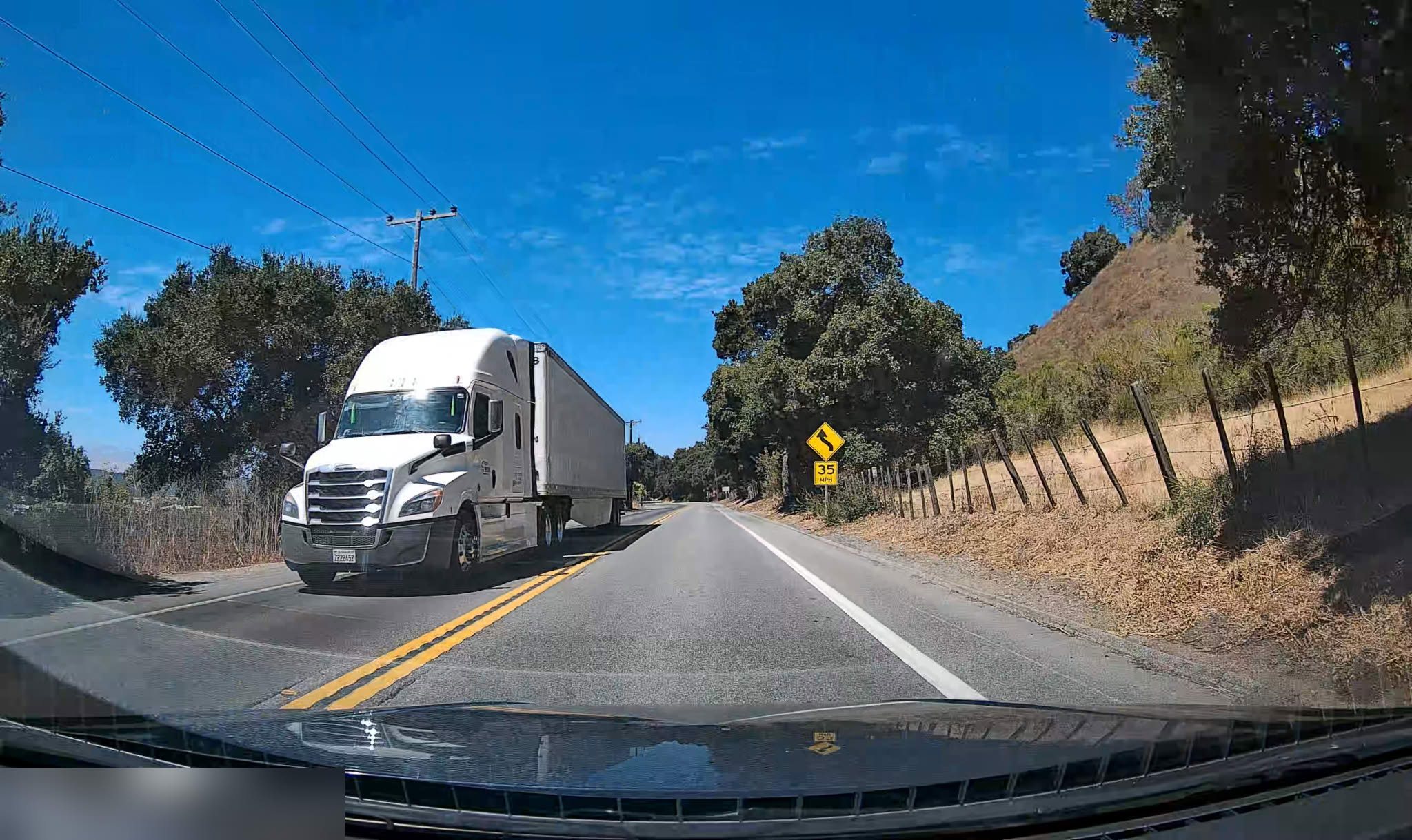
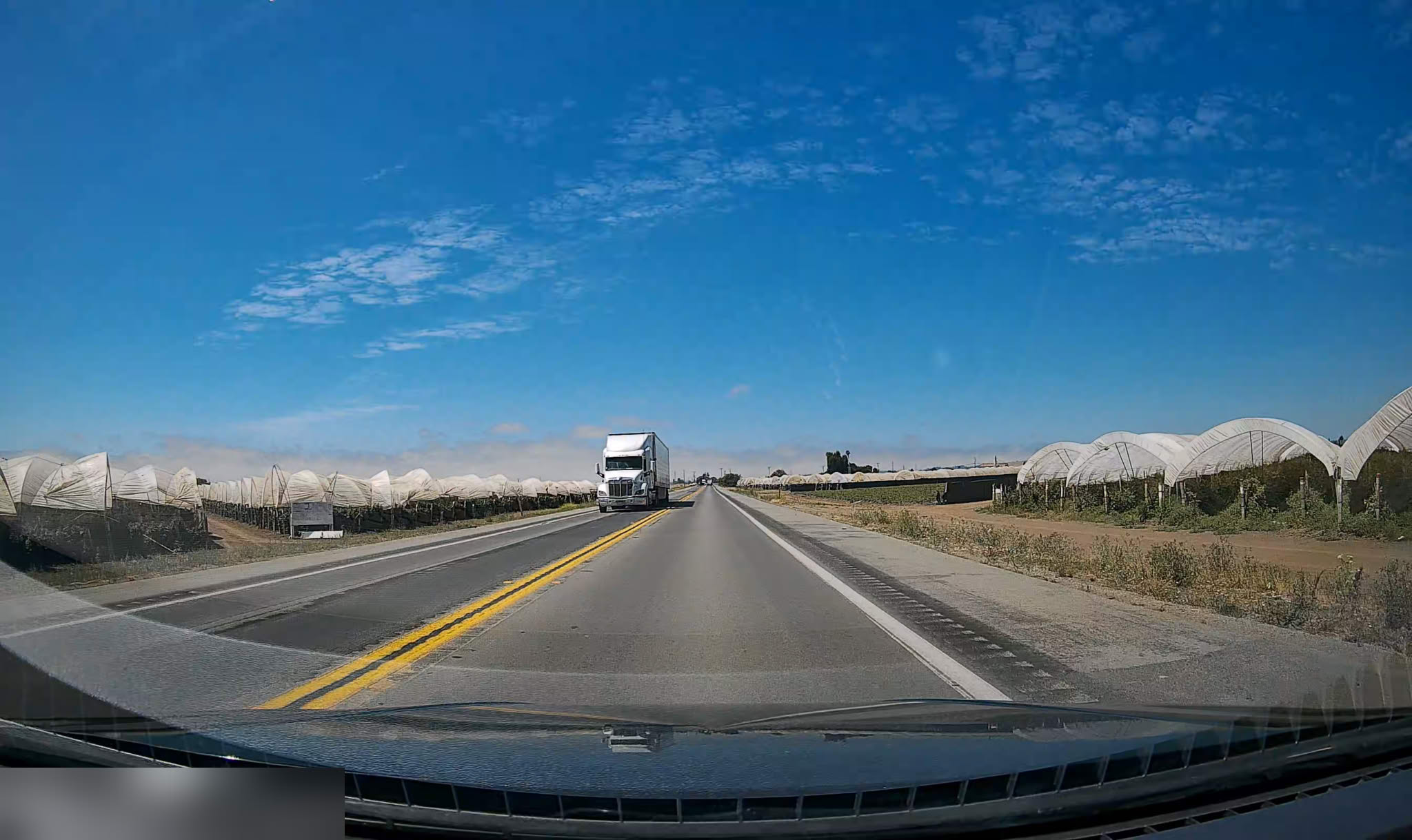
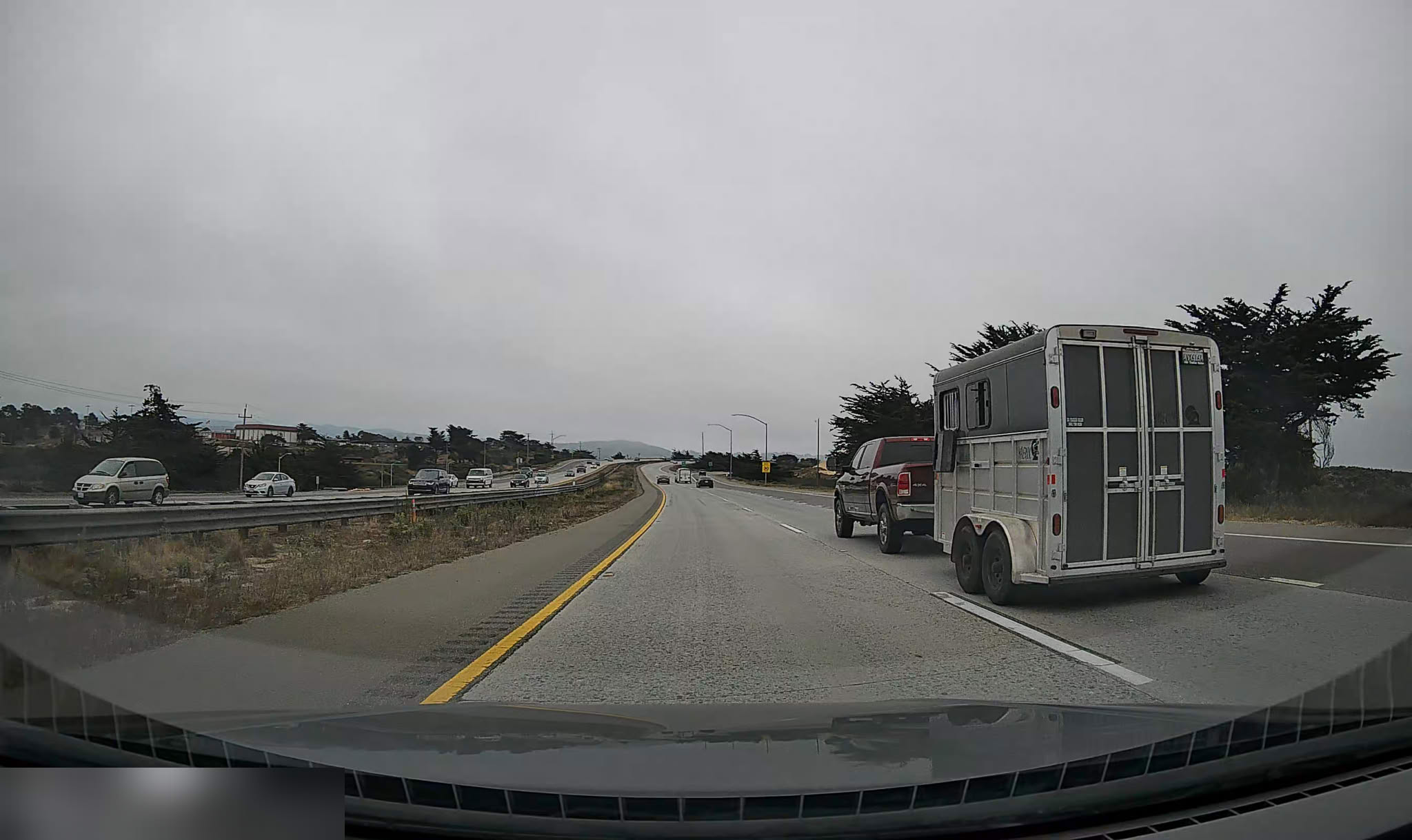
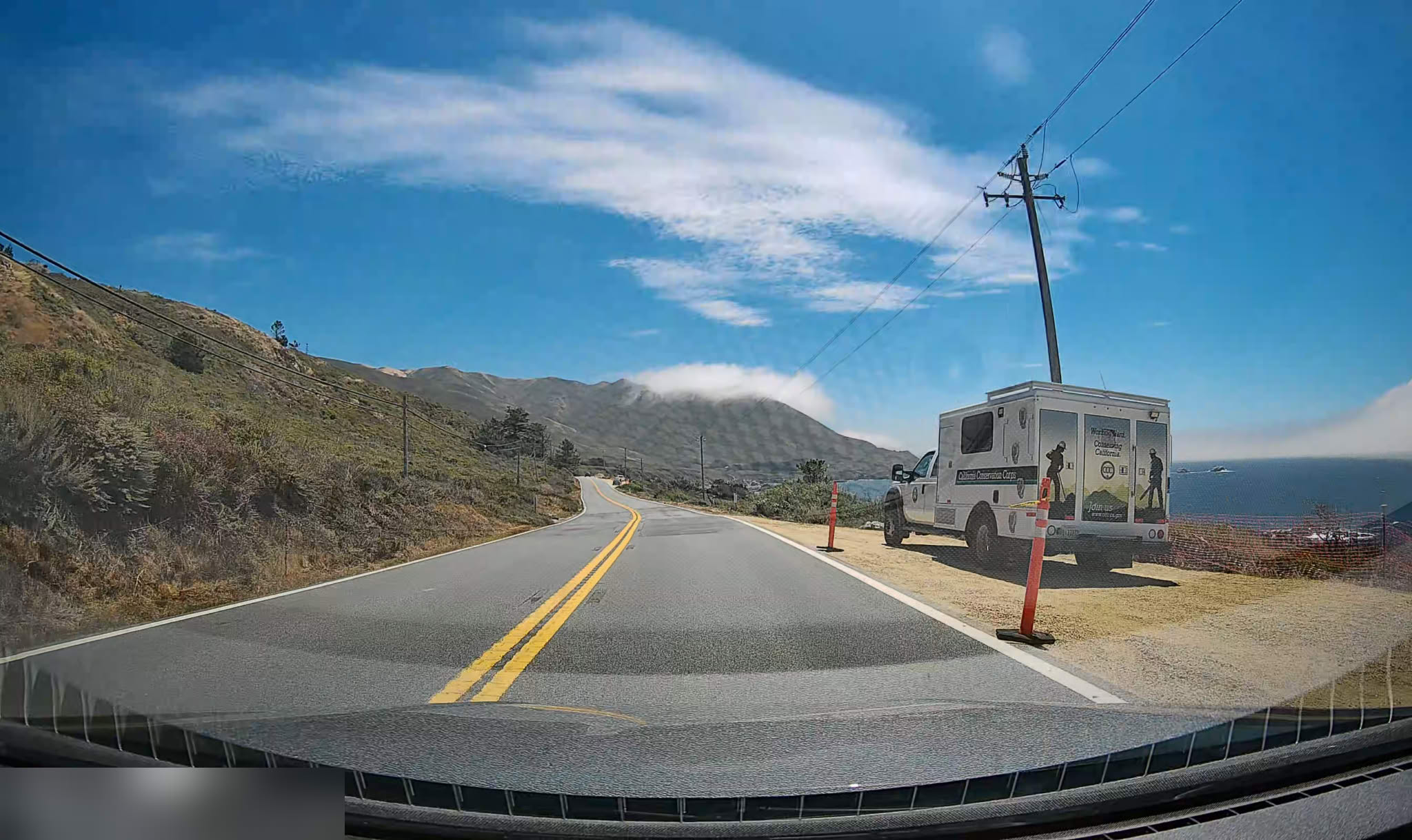
Because of the road closure, I only drove to the area near Great Sur Vista Point. The scenery along the way was still very good, especially the very blue sea.
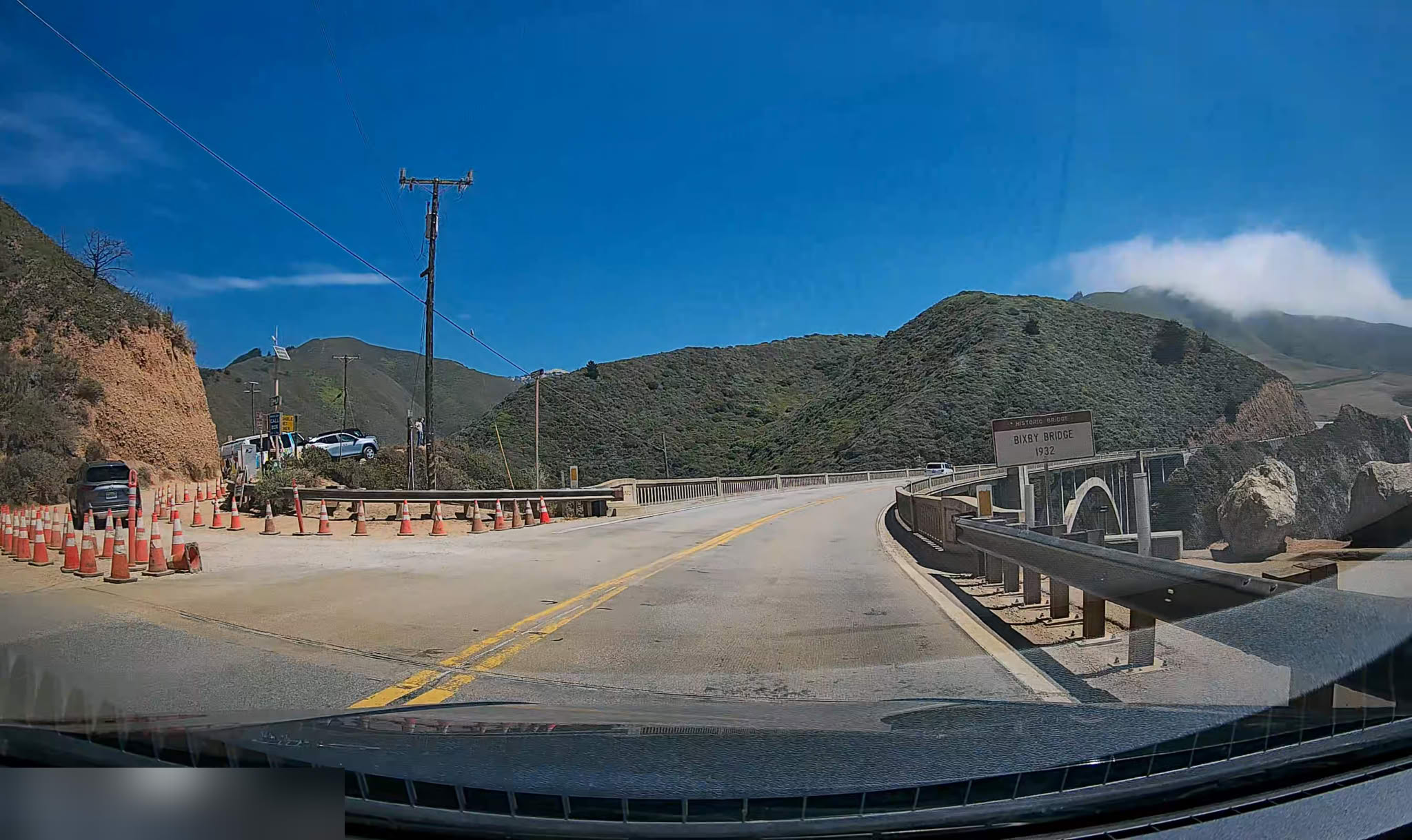
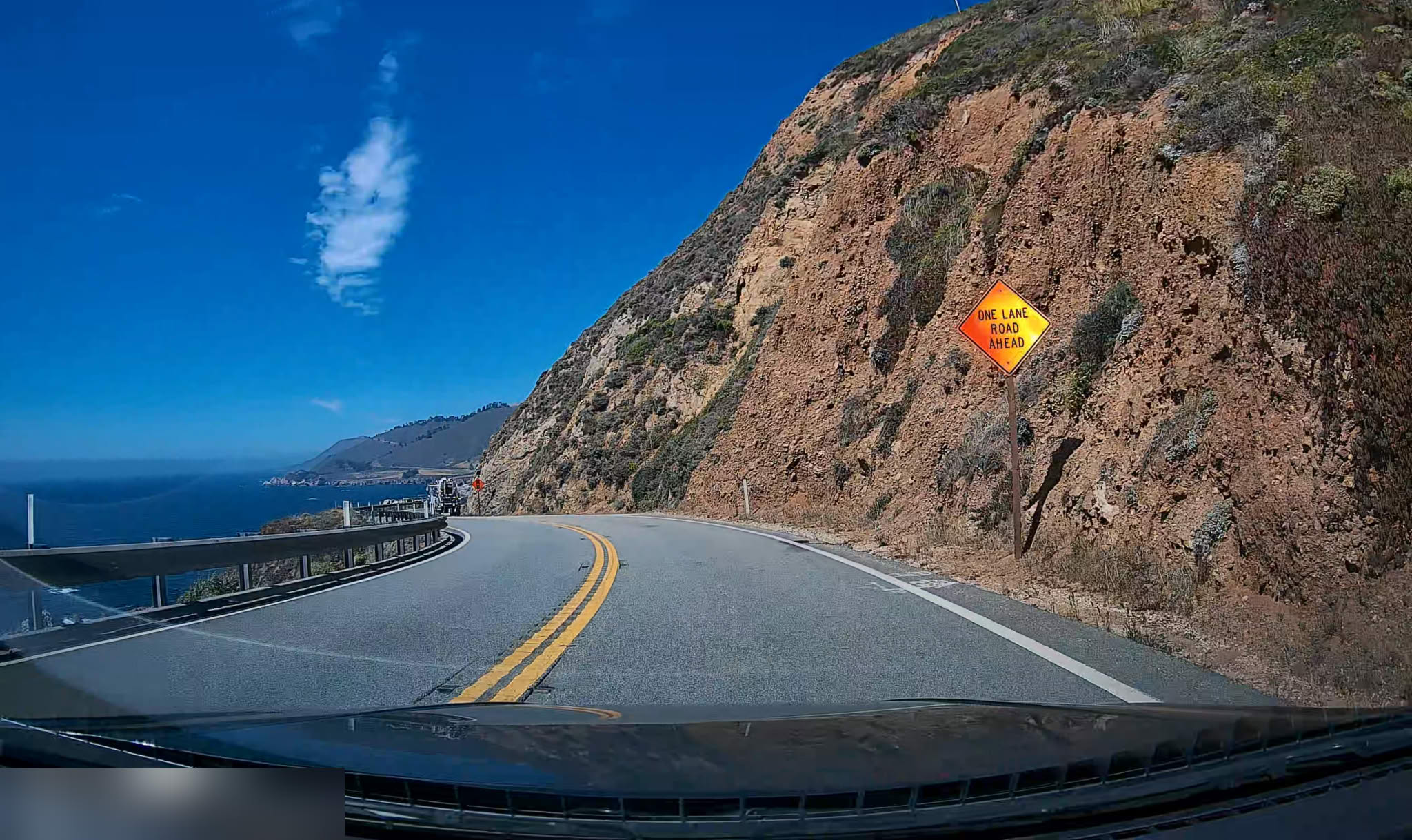
After driving back from CA-1, we also took a loop on 17 Mile Drive (a toll road with coastal views). It’s recommended to enter from Pacific Grove Gate when visiting, so that you can drive along the coast when you drive on the right side.
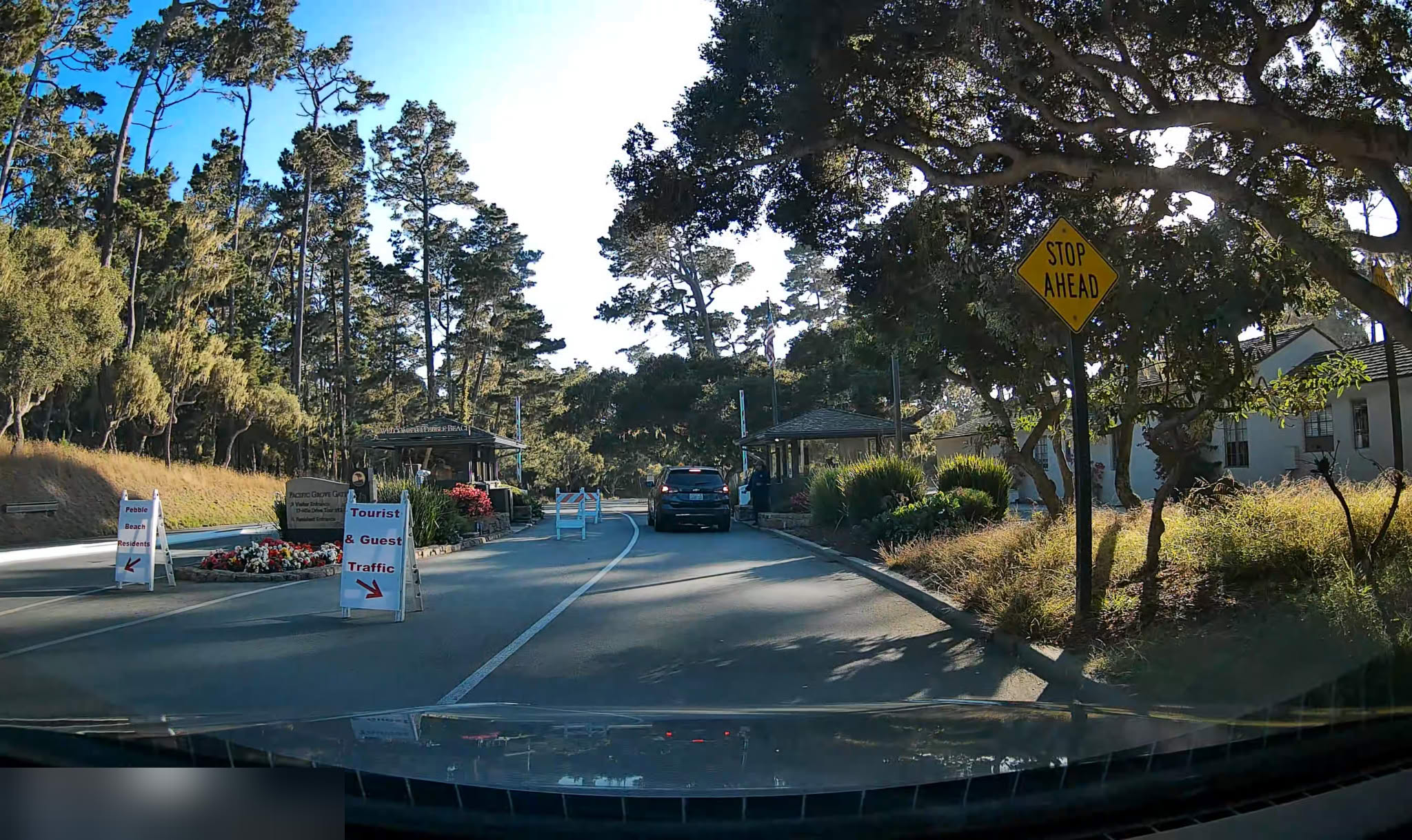
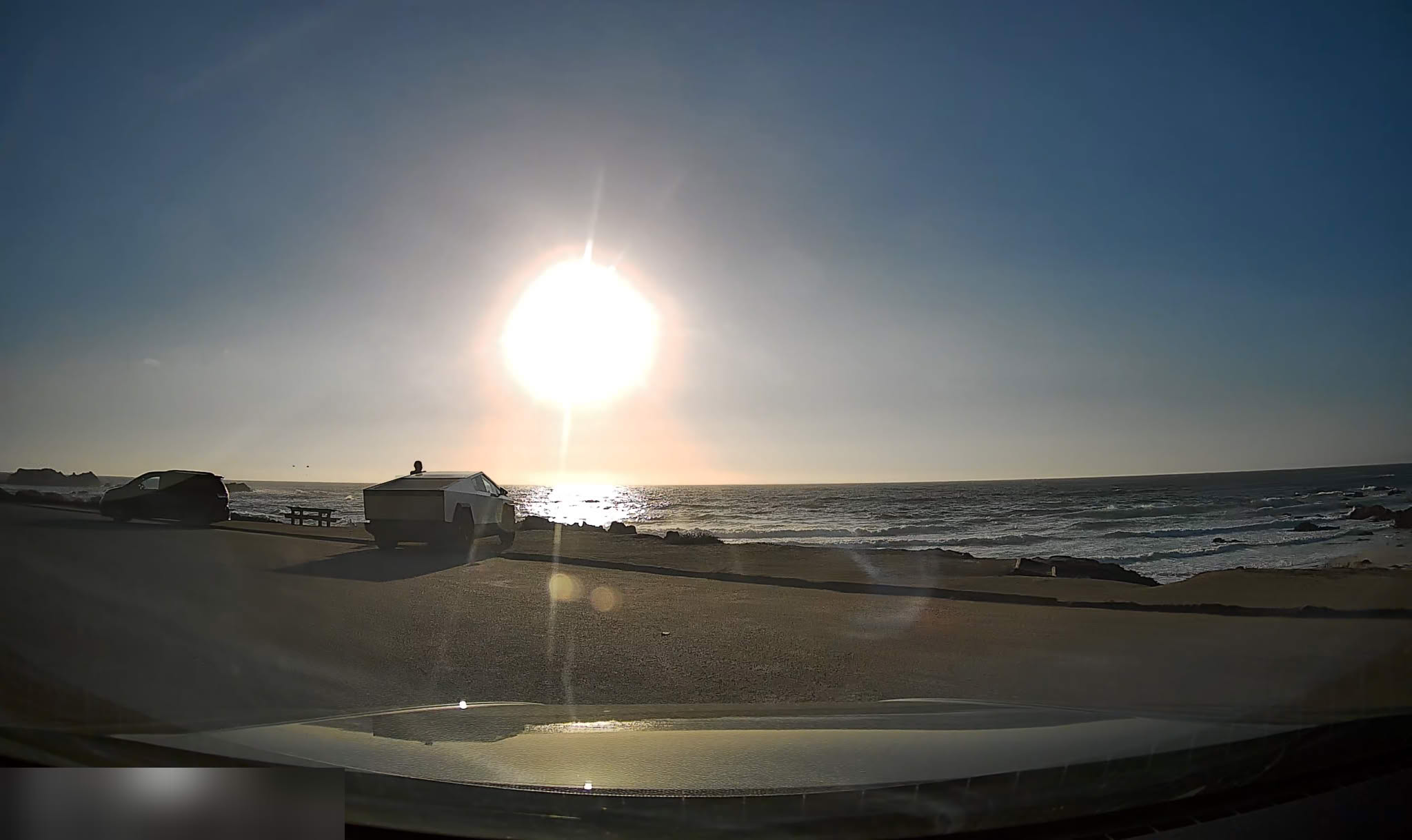
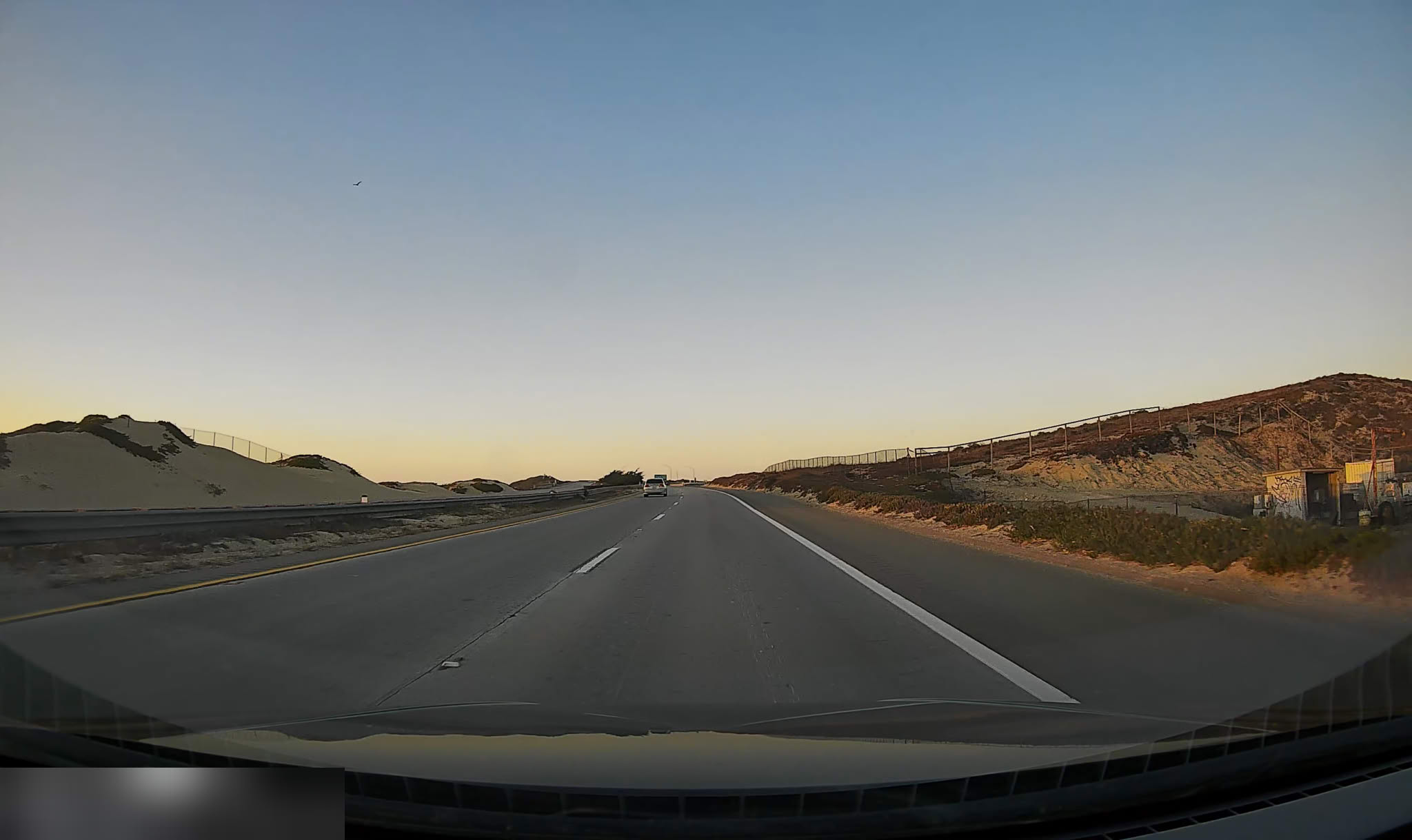
Day 4: US-101, King City, Morro Bay
Because CA-1 was not fully open due to landslides, we had to detour back to US-101 and continue south to Morro Bay. We mainly drove on this day and stopped for a short break in King City.
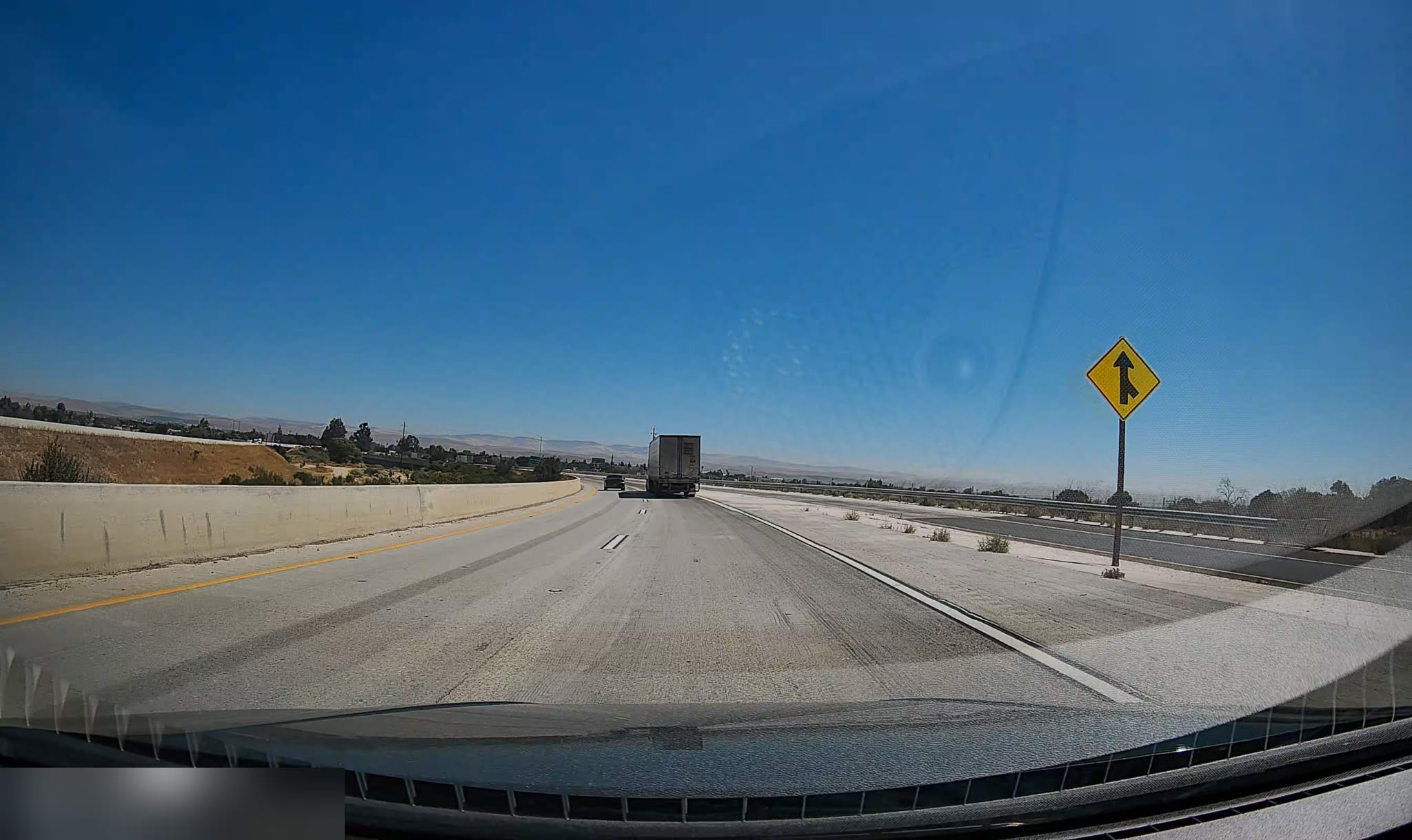
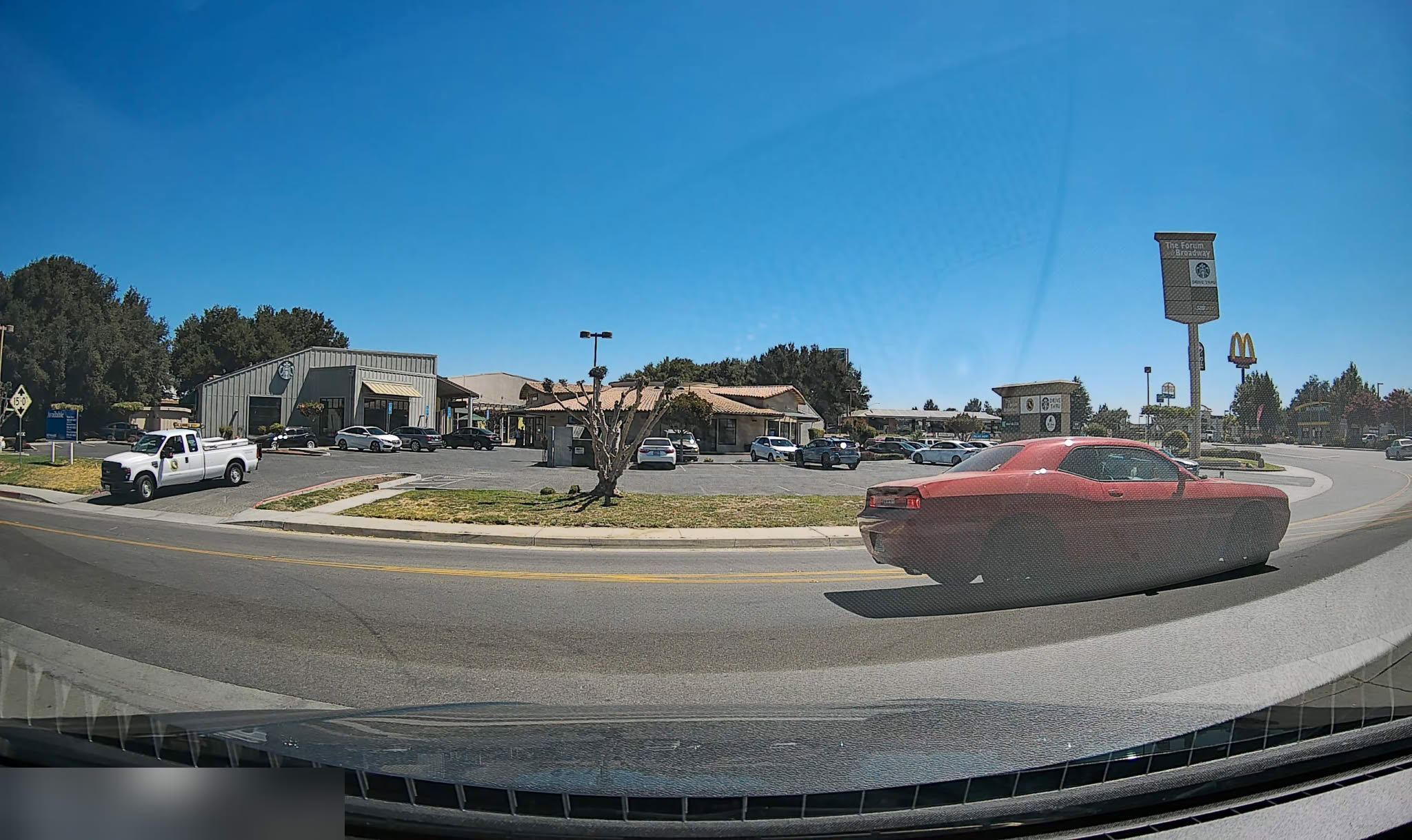
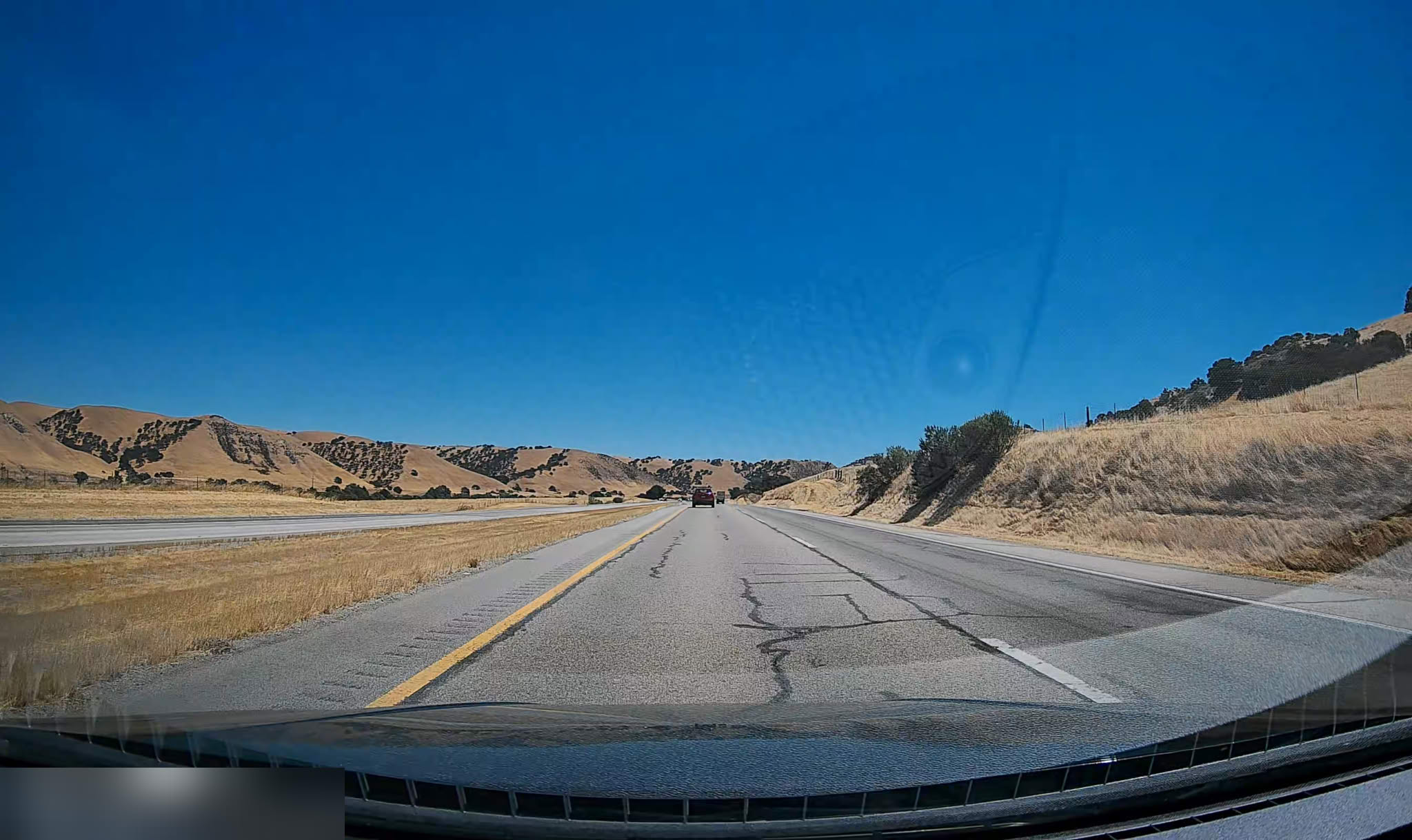
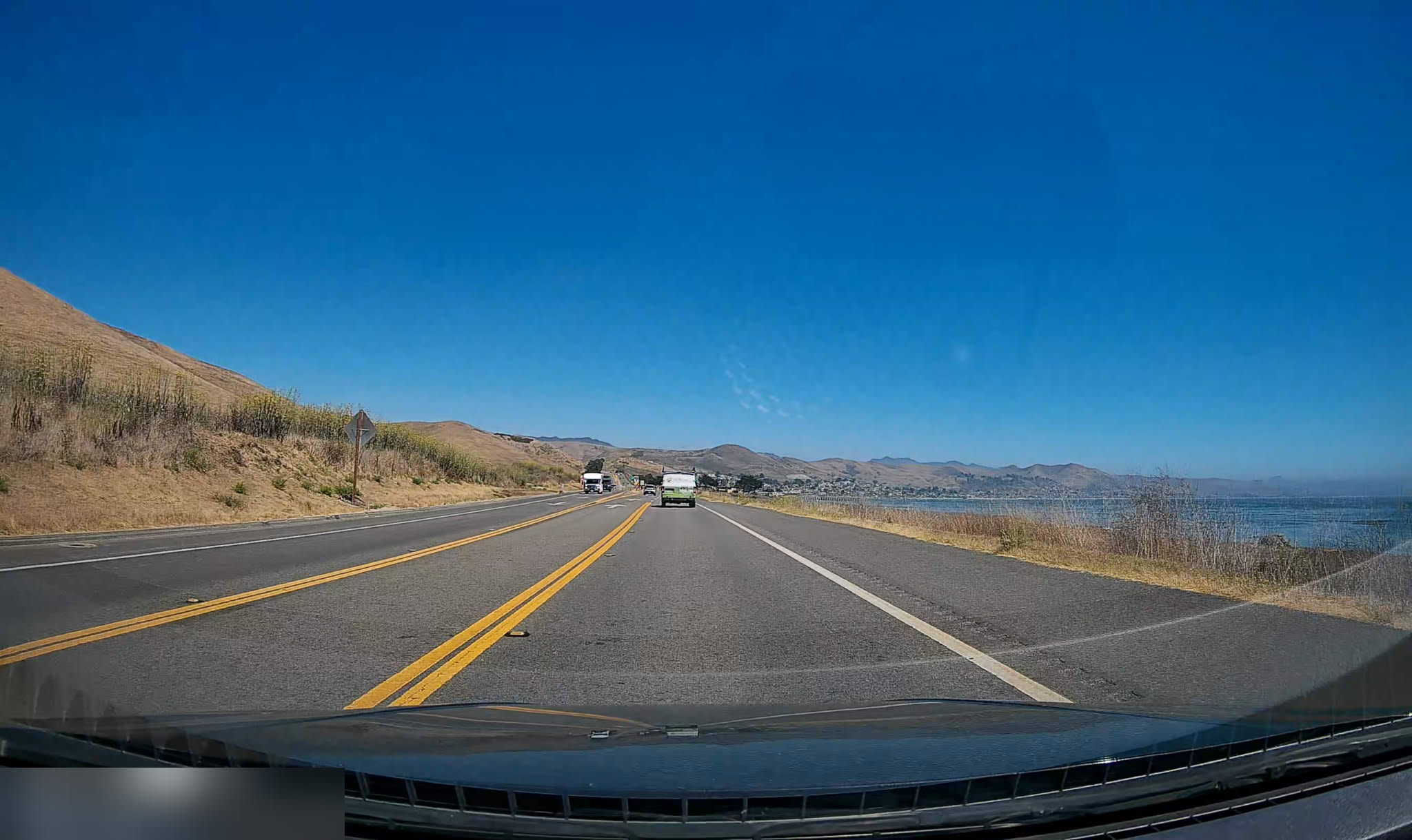
In the evening, we drove to our accommodation in Morro Bay. Morro Bay is also the prototype for Night City in “Cyberpunk 2077”. In the setting, Morro Bay is called “Tomorrow Bay”.
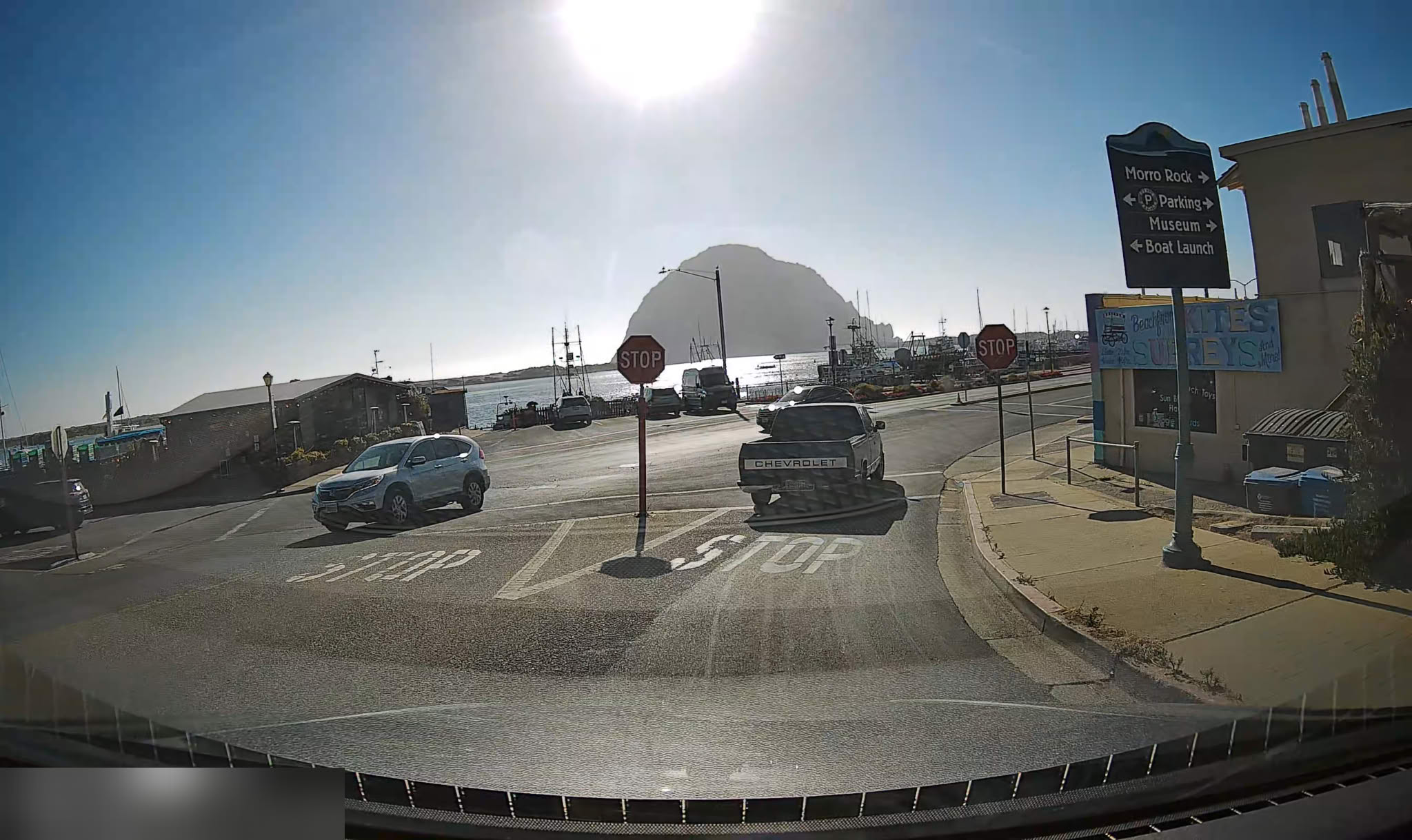
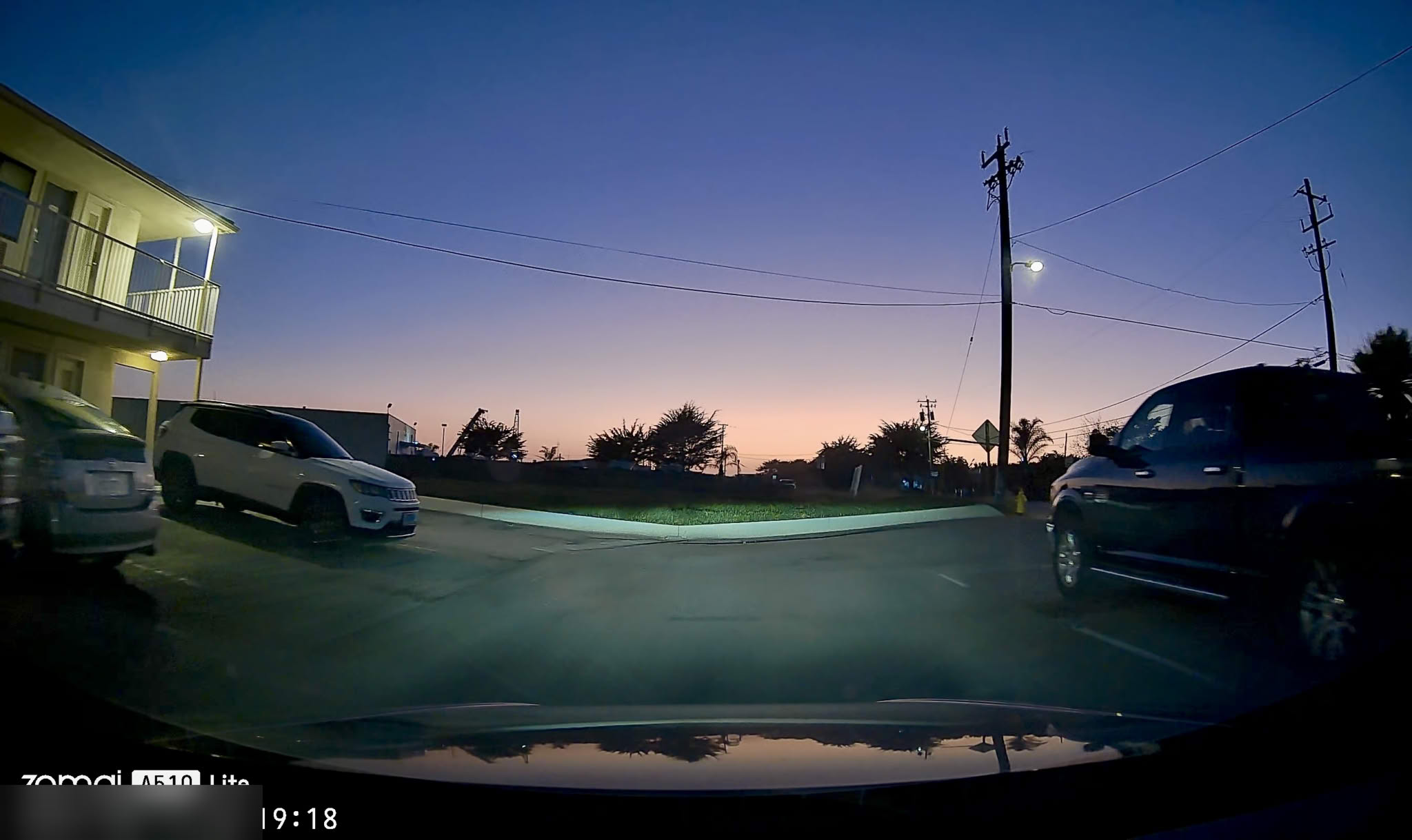
Day 5: CA-1, Santa Barbara, Los Angeles
Today, we continued driving south, stopping for a while in the town of Solvang, a Danish-style town (somewhat like a “Ancient Town” built in mainland China).
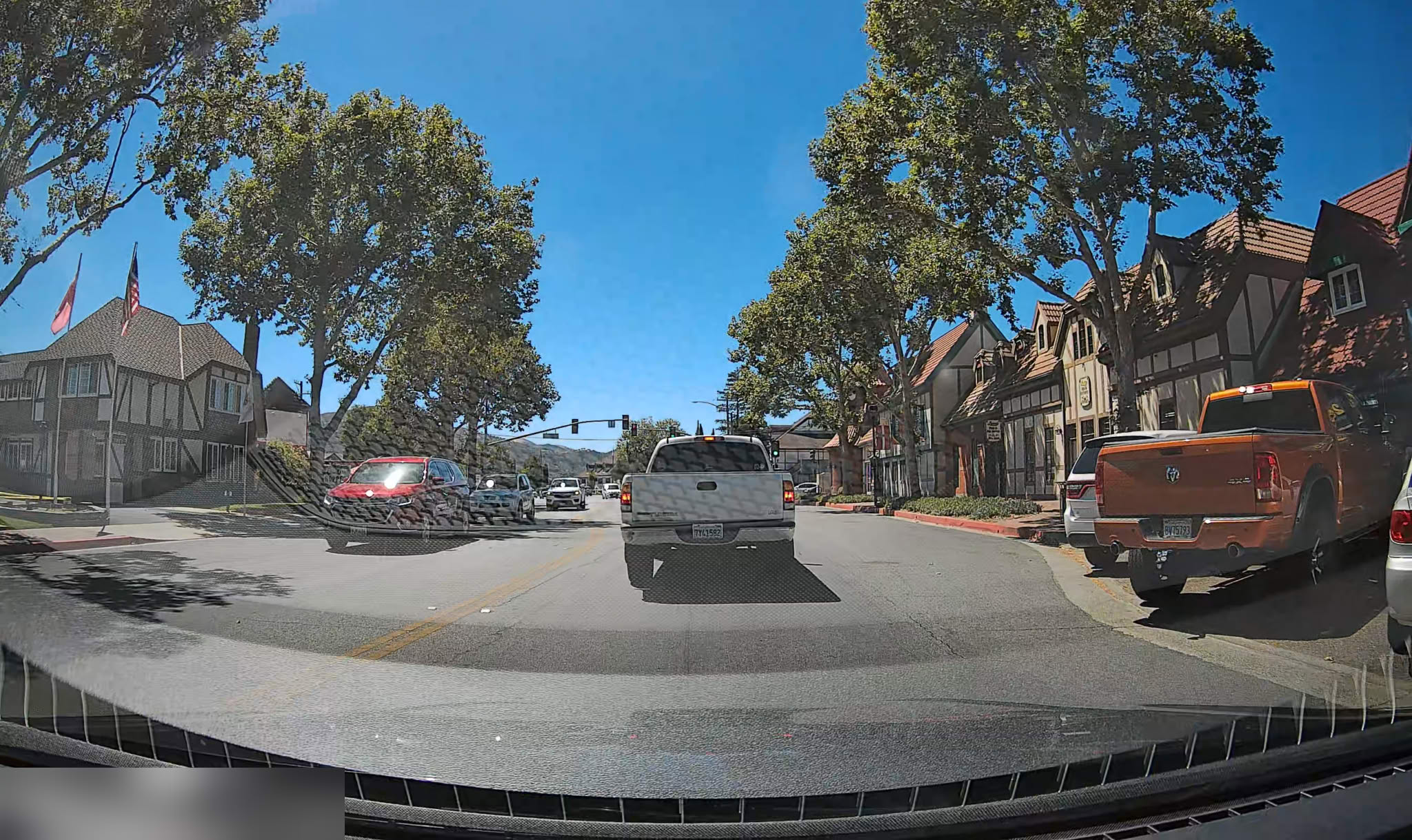
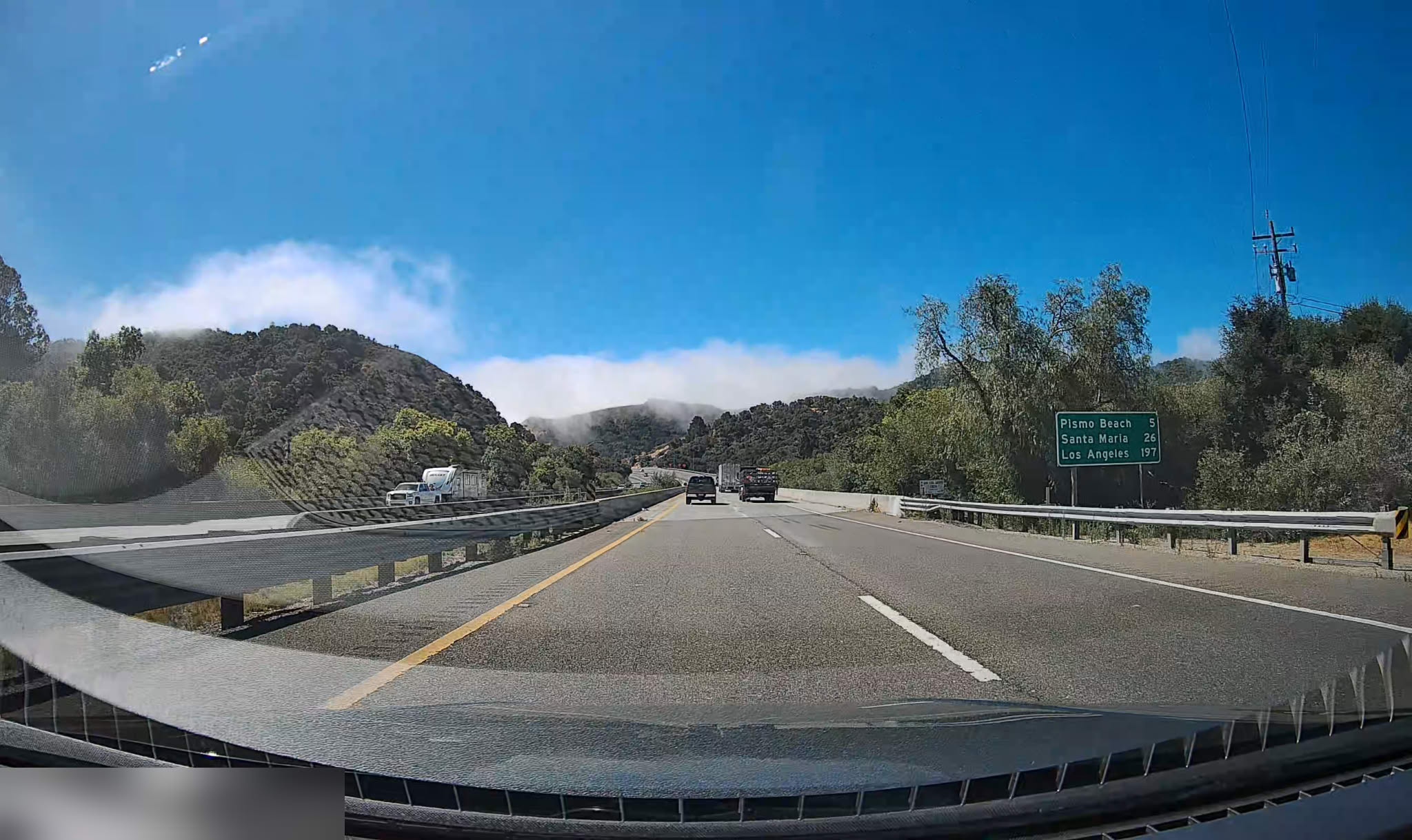
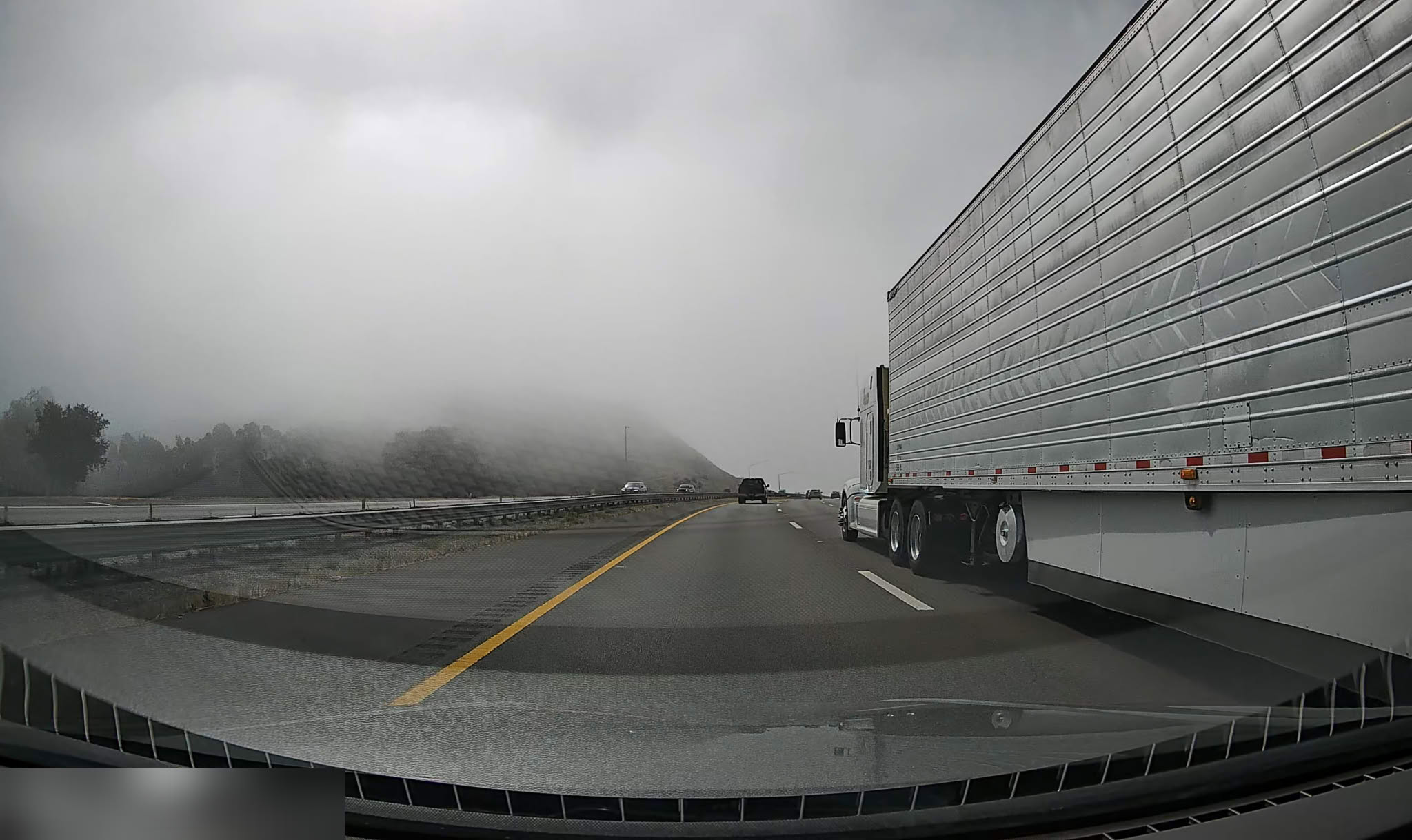
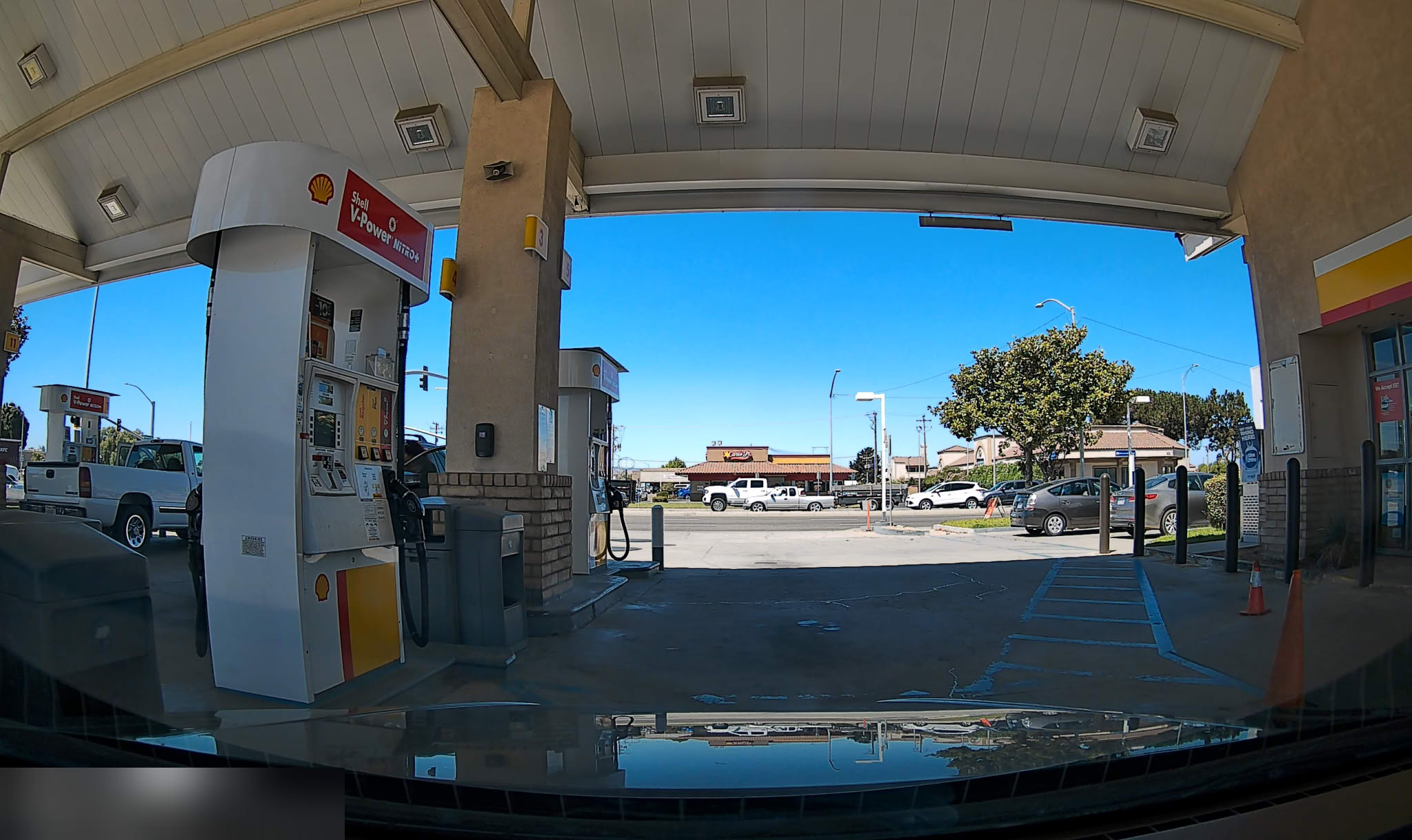
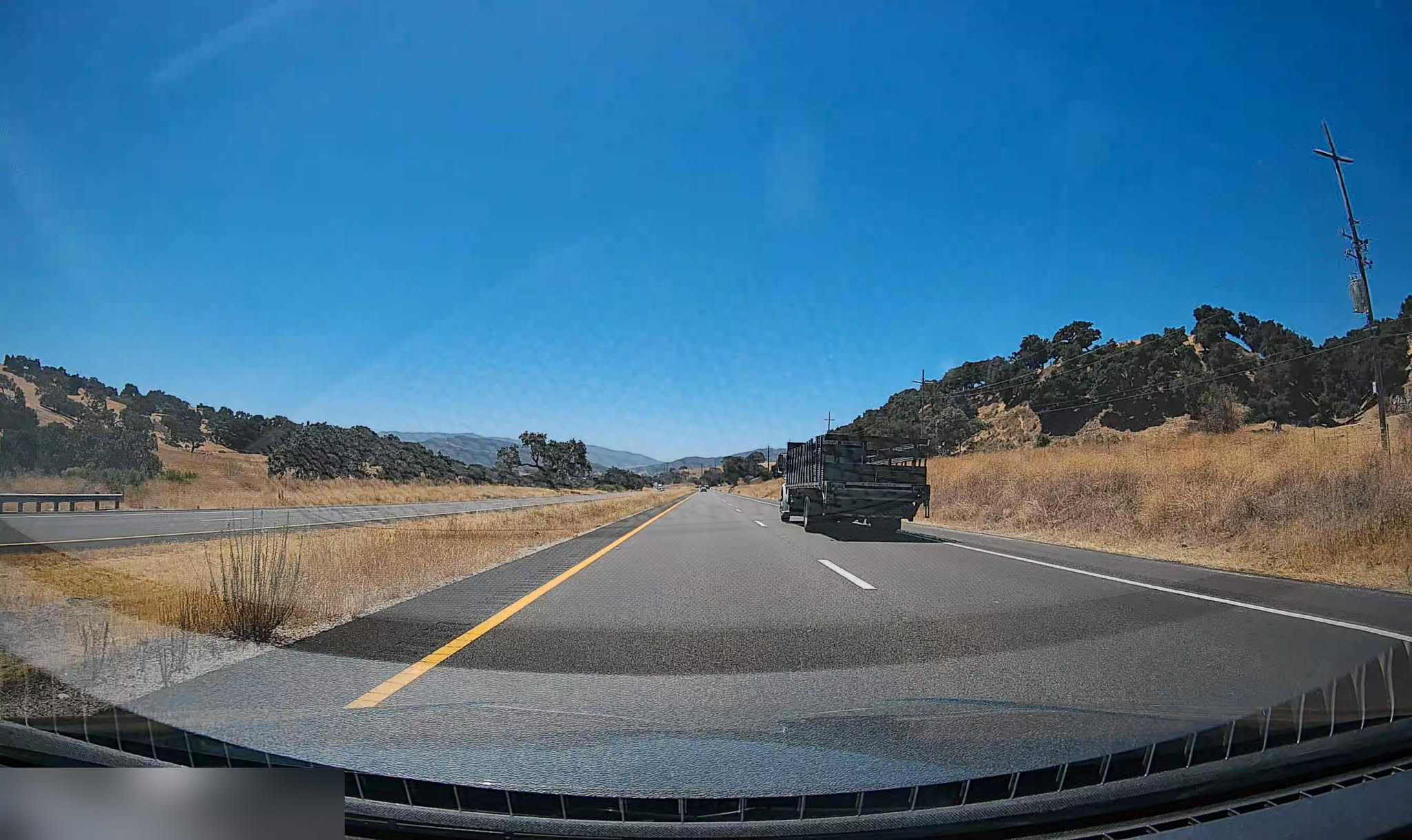
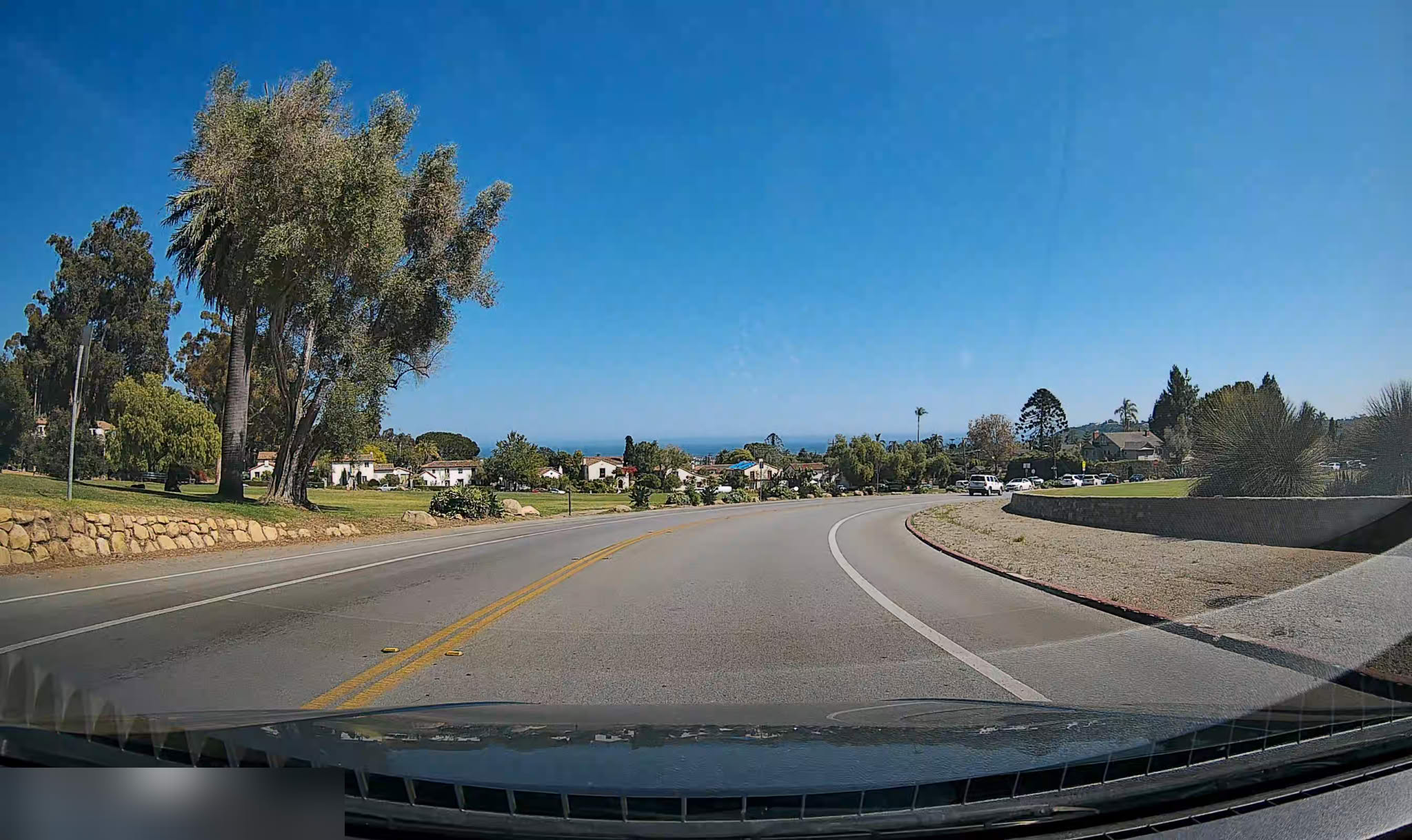
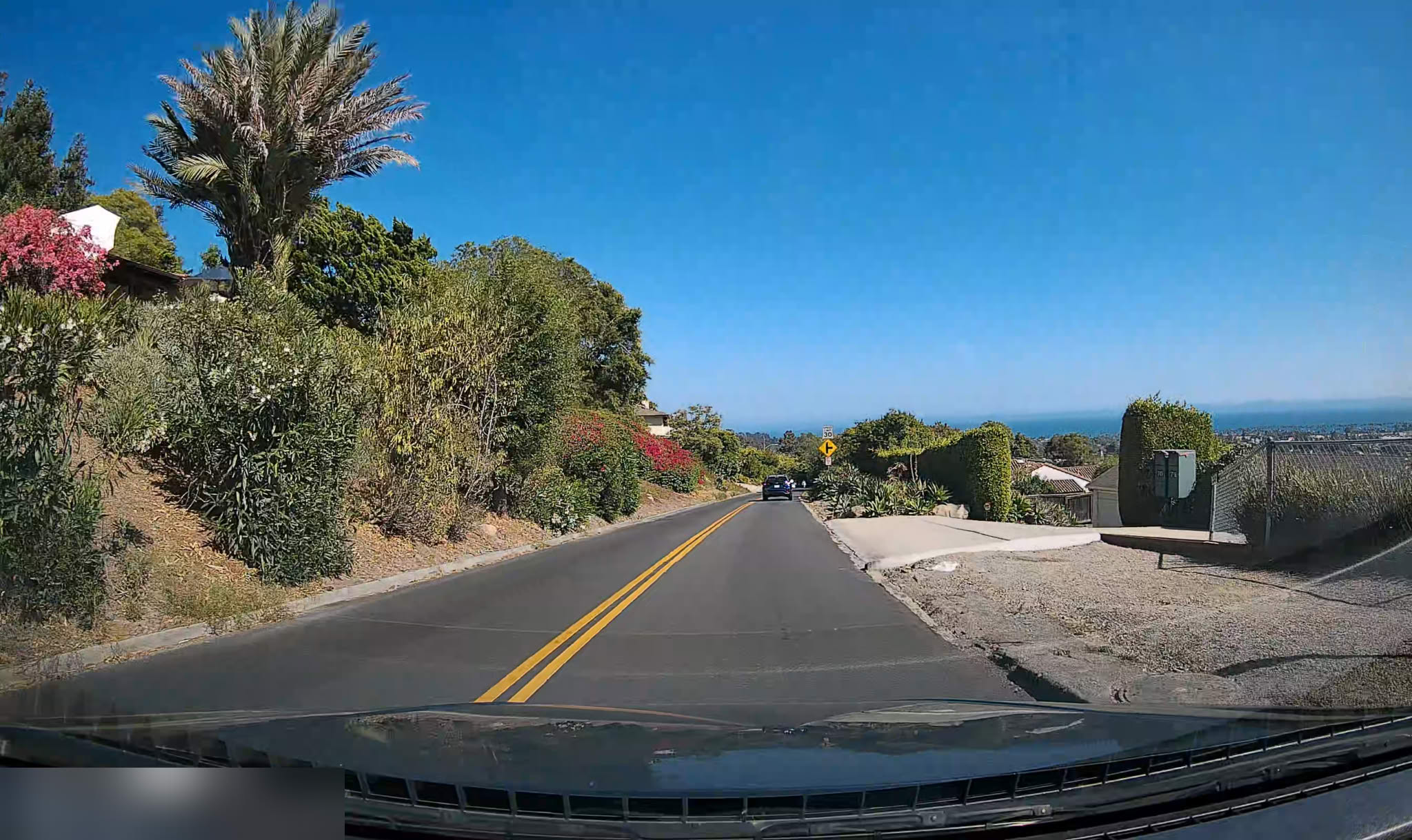
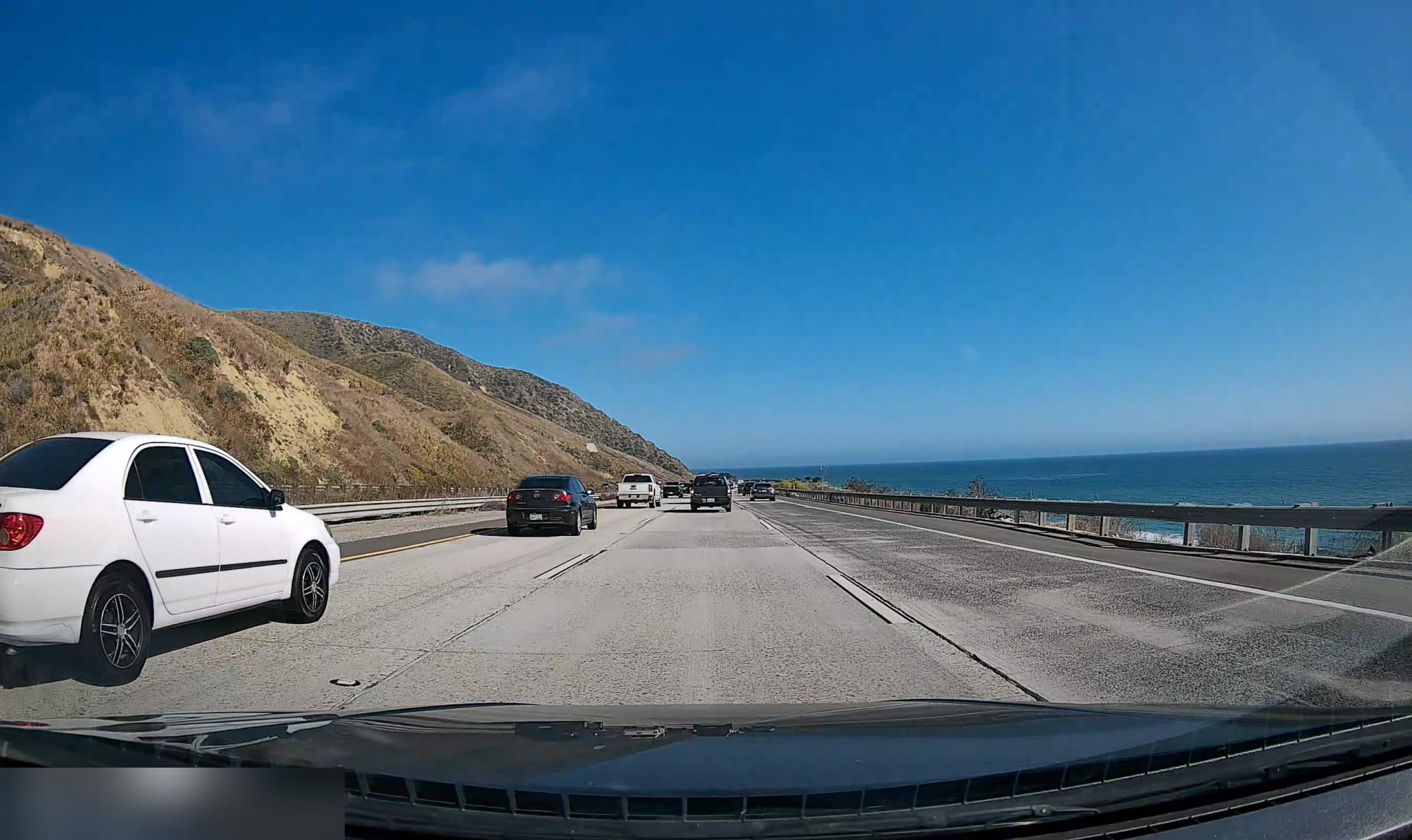
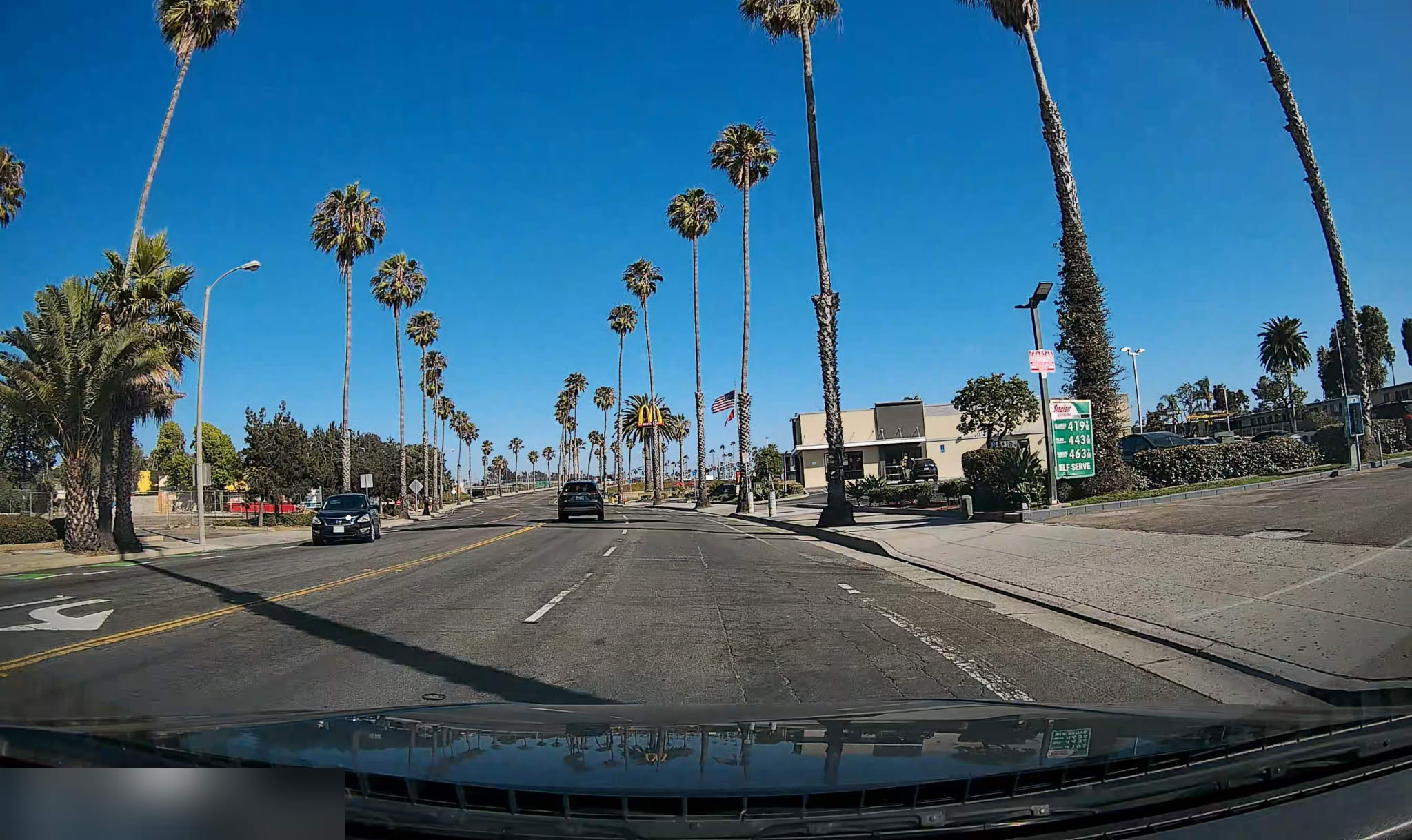
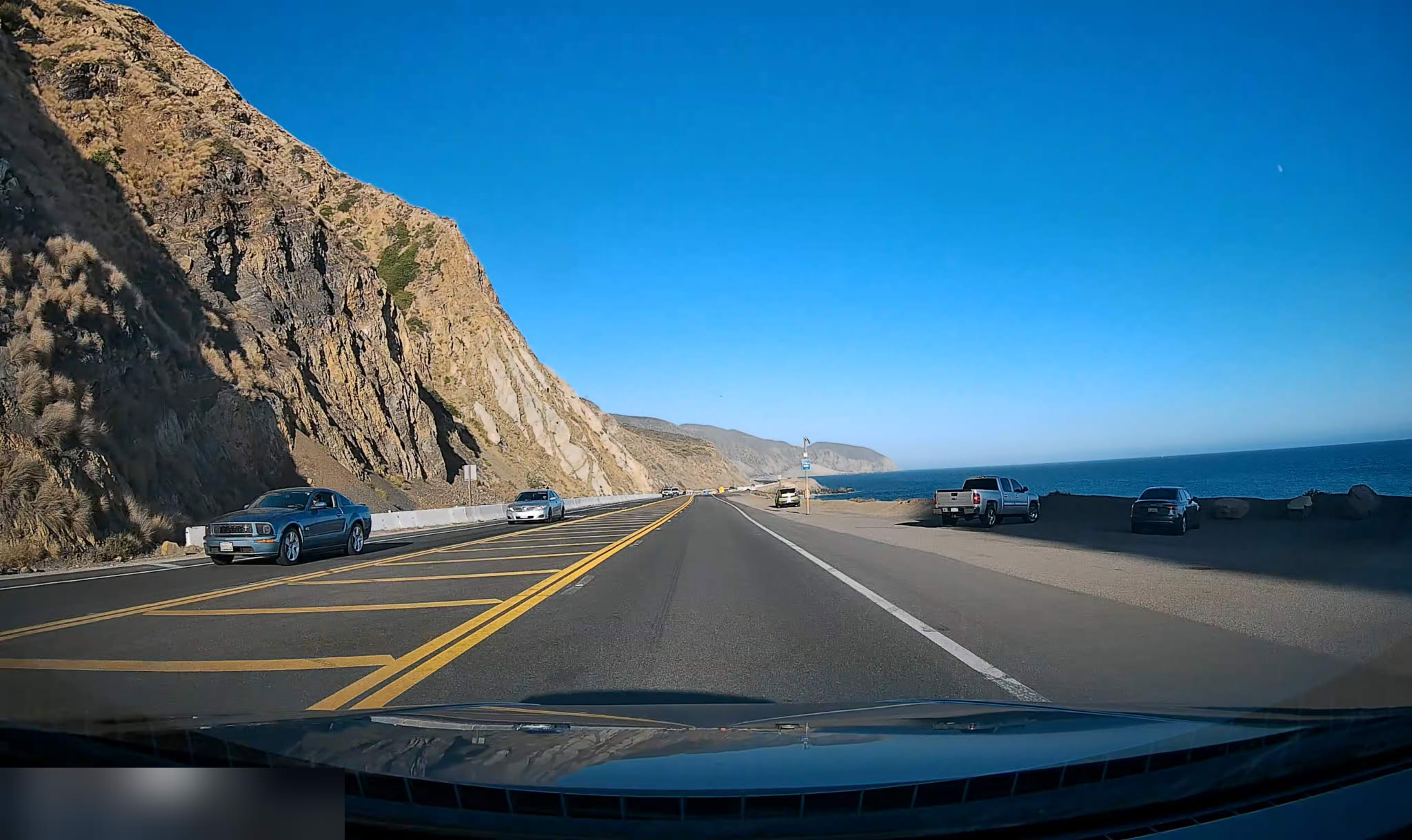
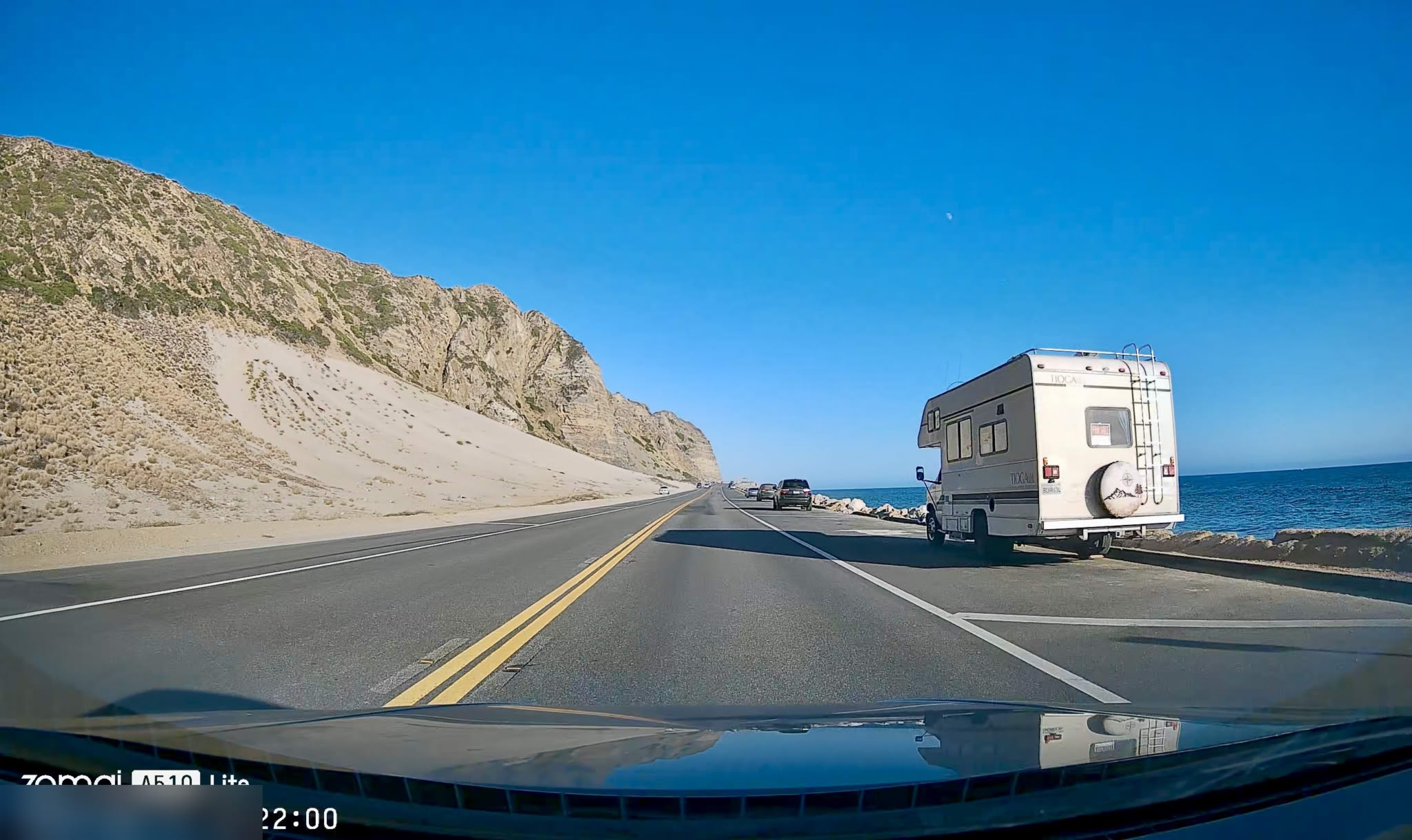
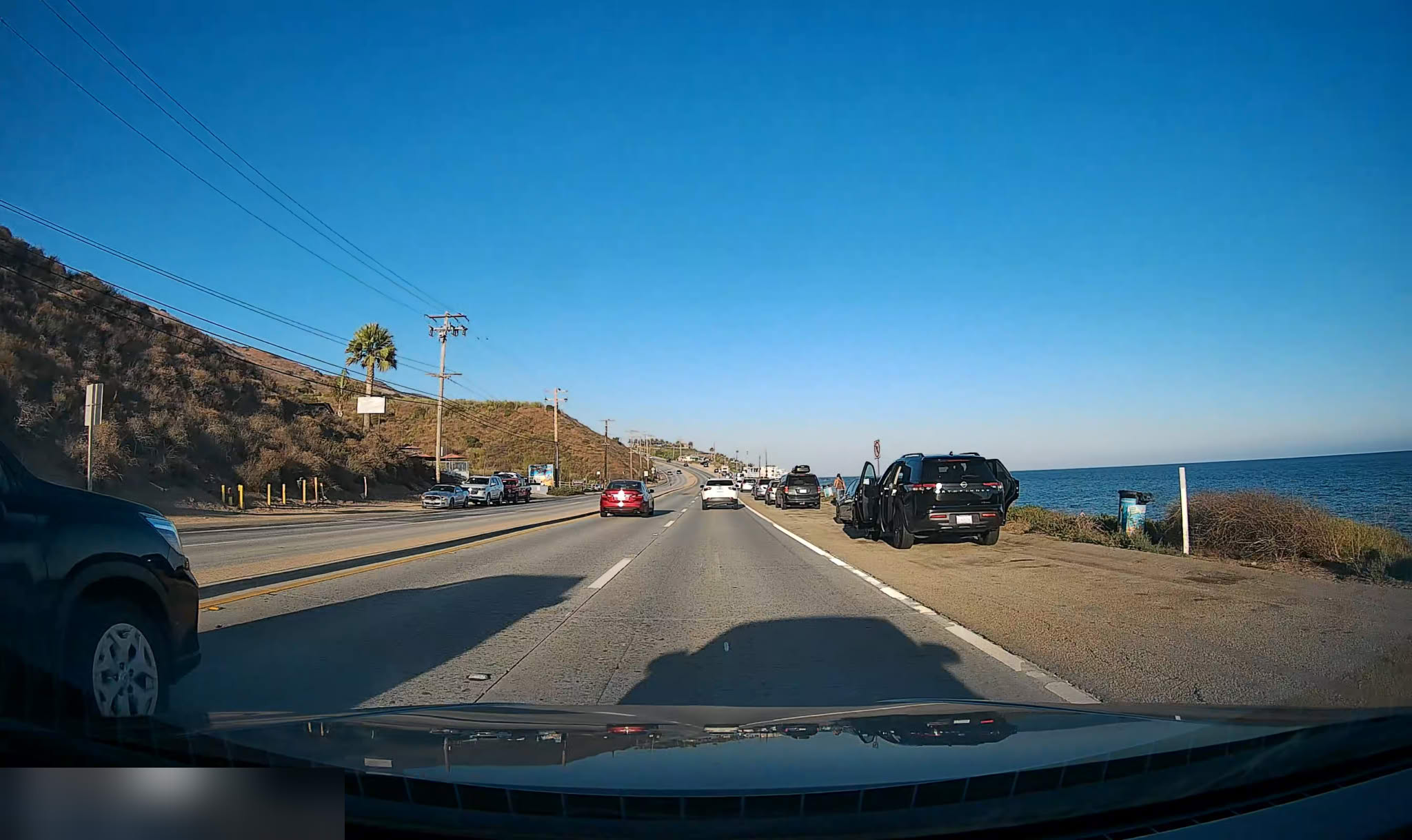
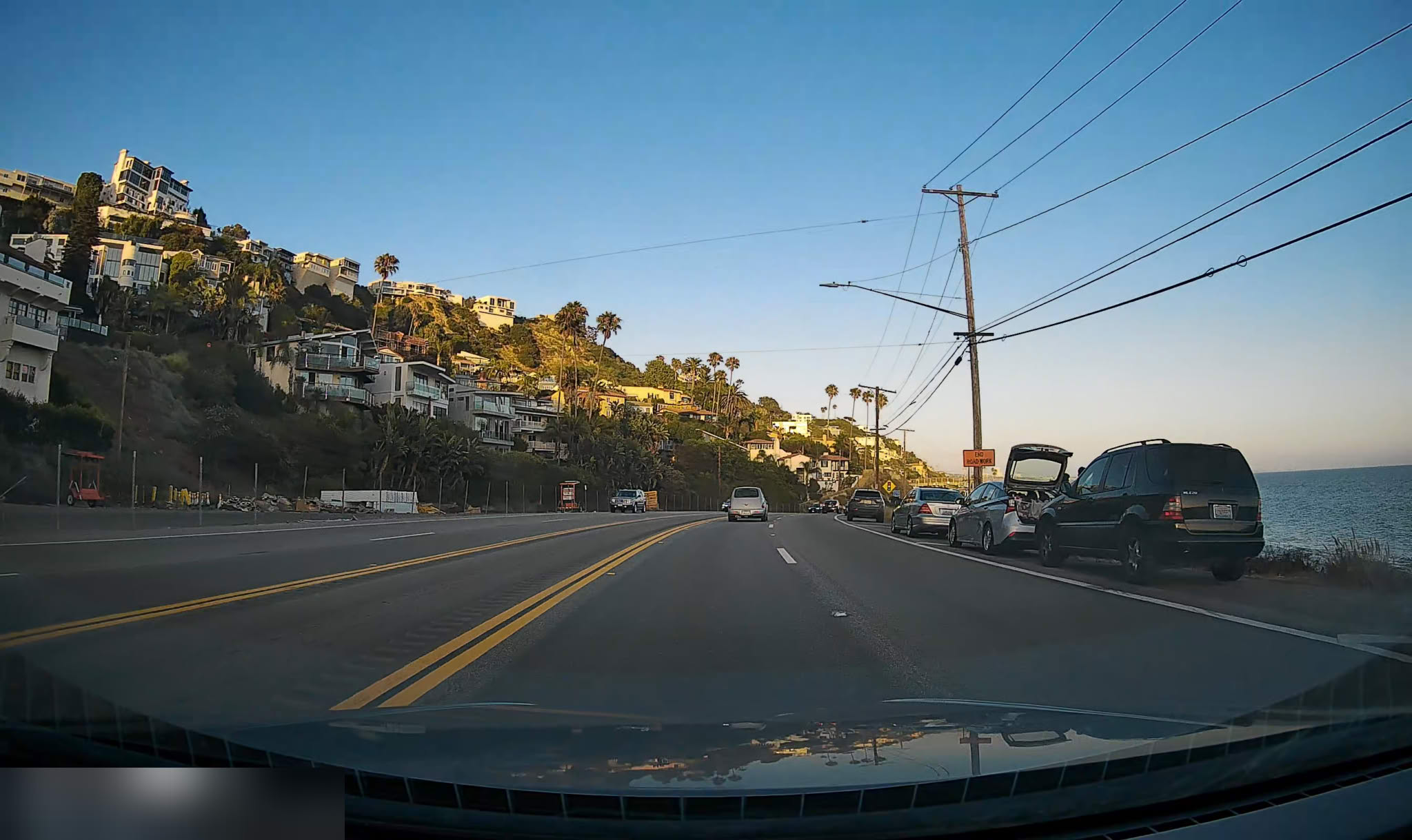
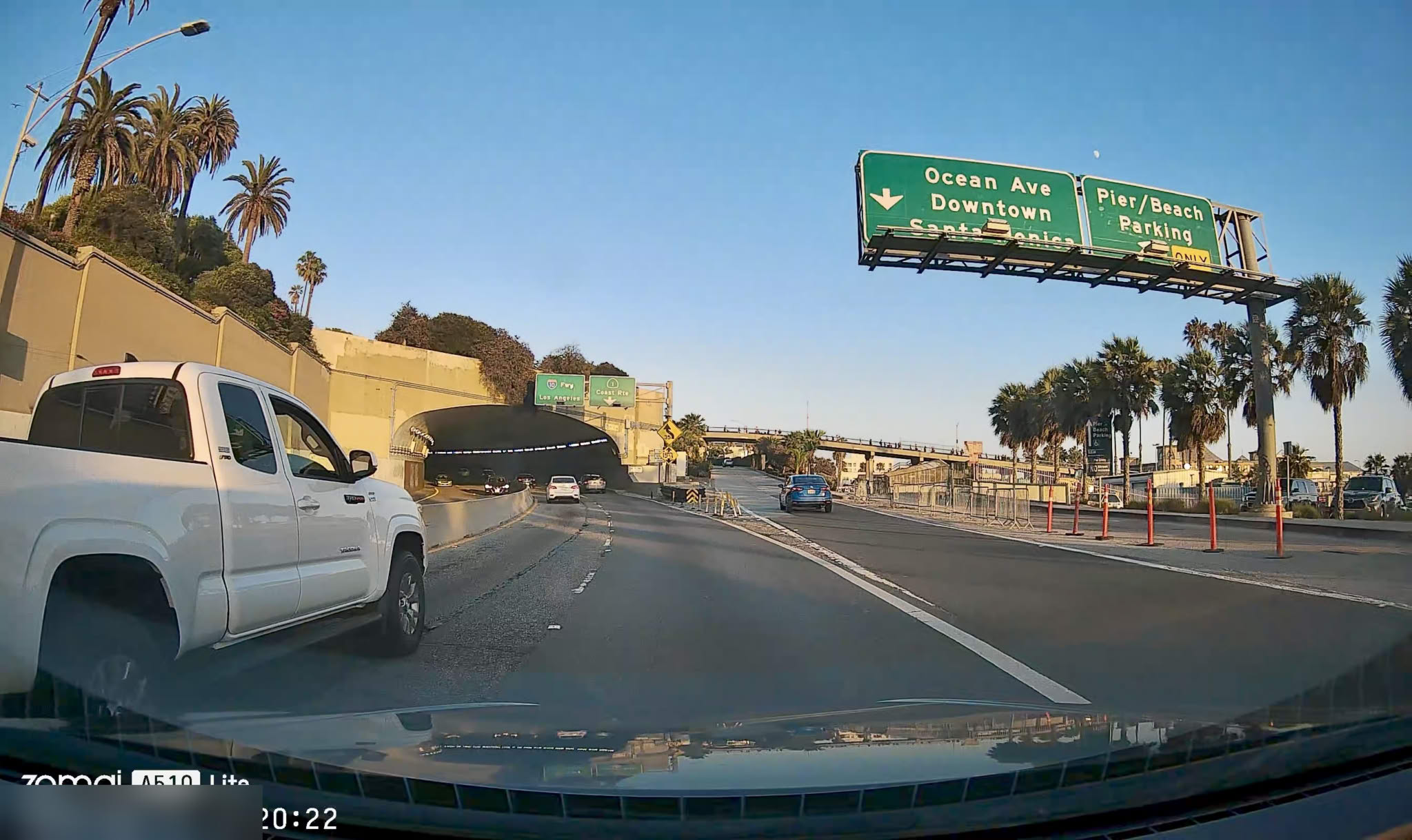
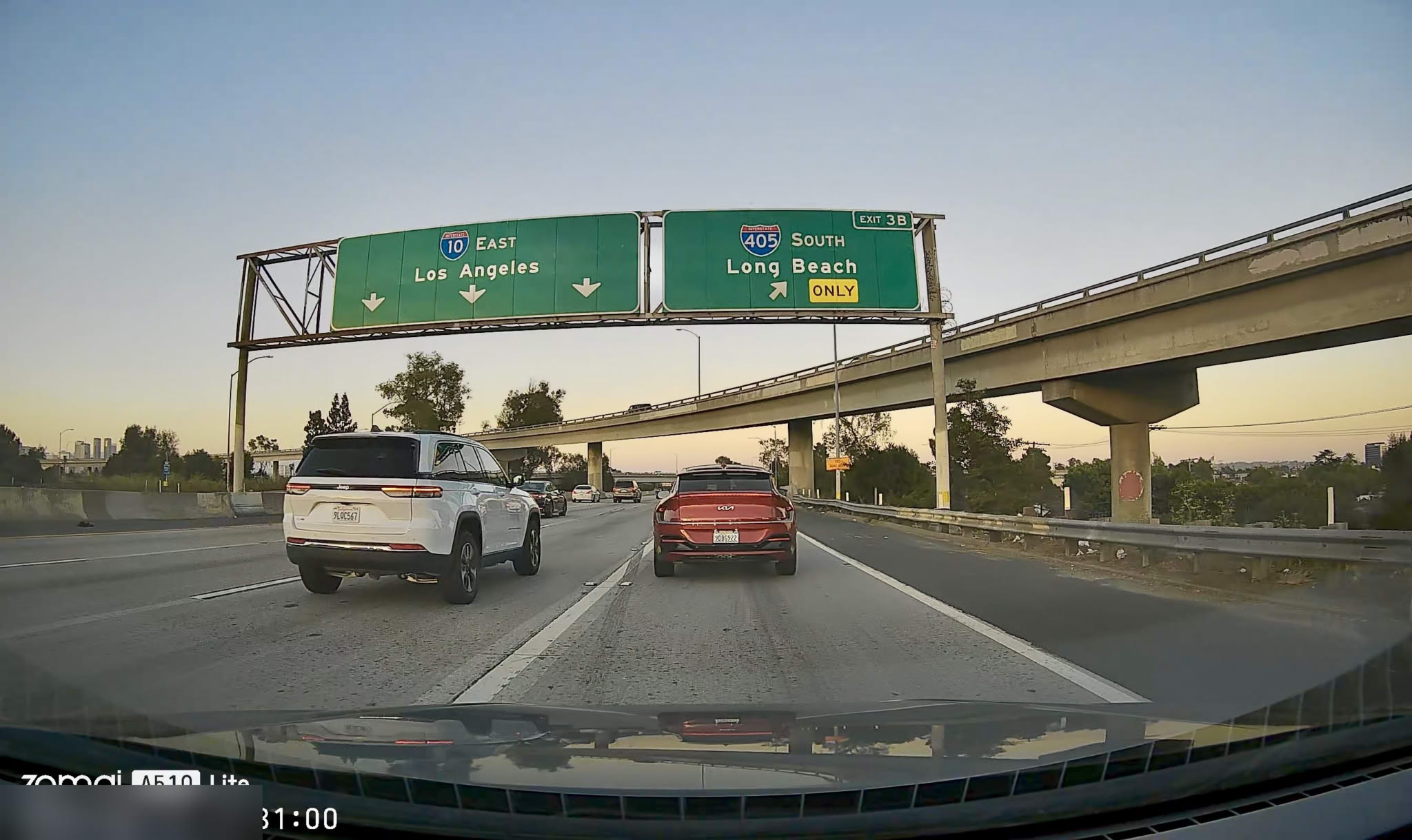
Day 6: Los Angeles City
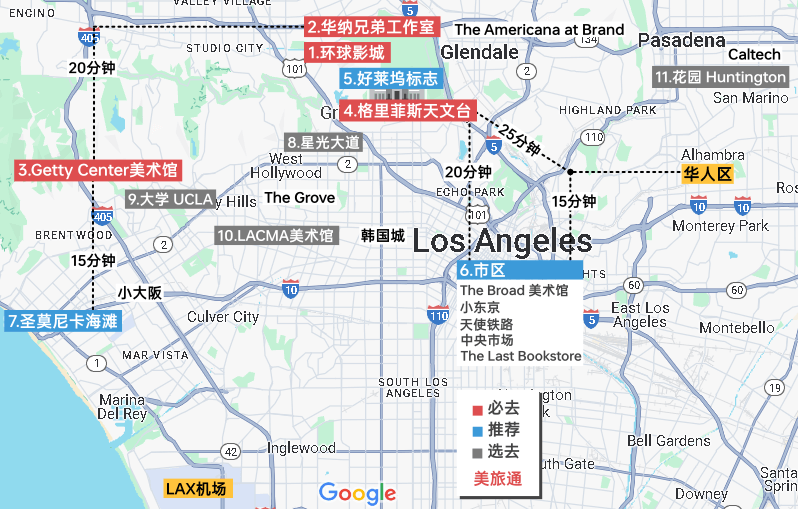
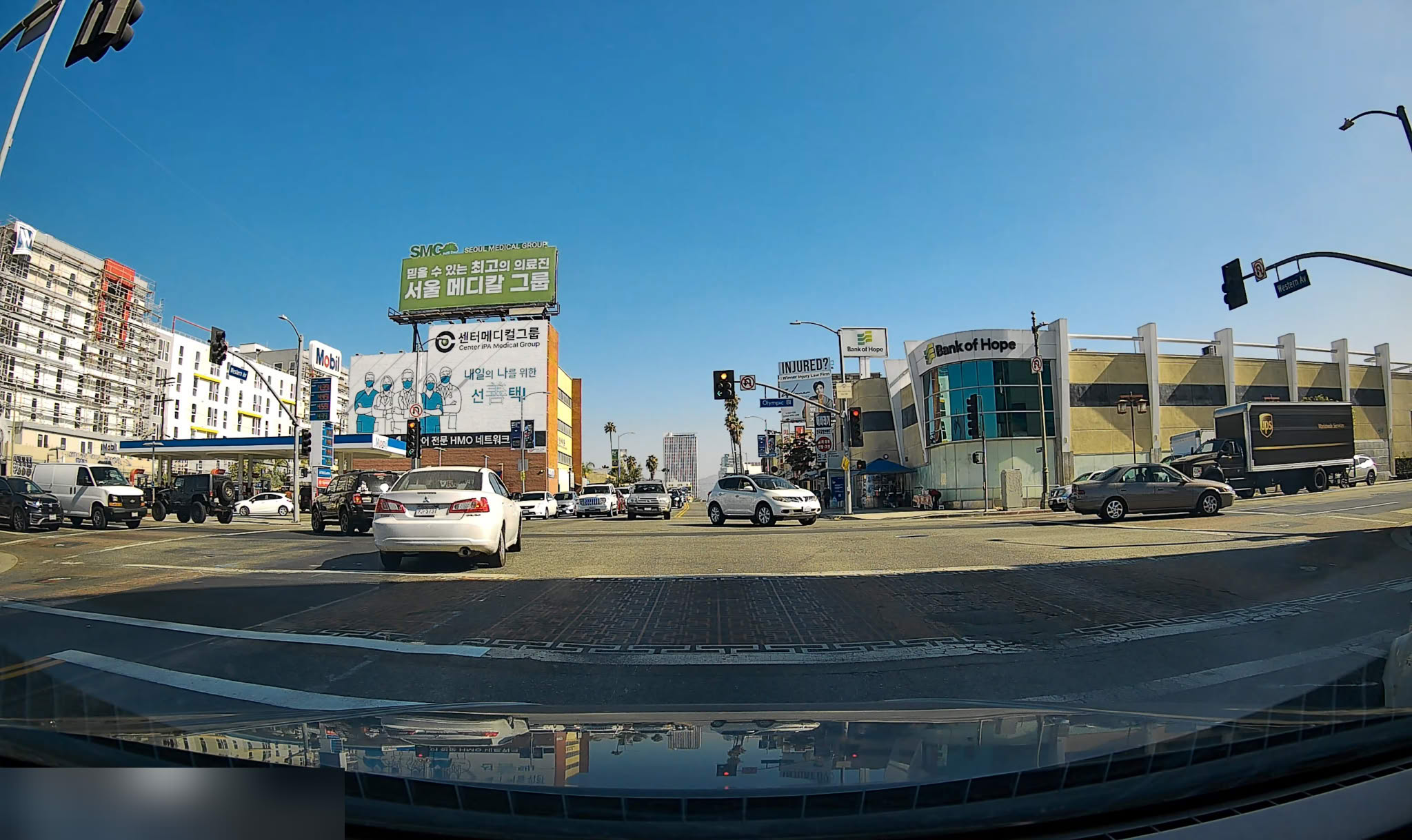
In the morning, we first went to Griffith Observatory. If you go early (before 10 AM), you can consider parking directly on the mountain road. If you go later, you can park at Greek Theater Parking at the foot of the mountain.
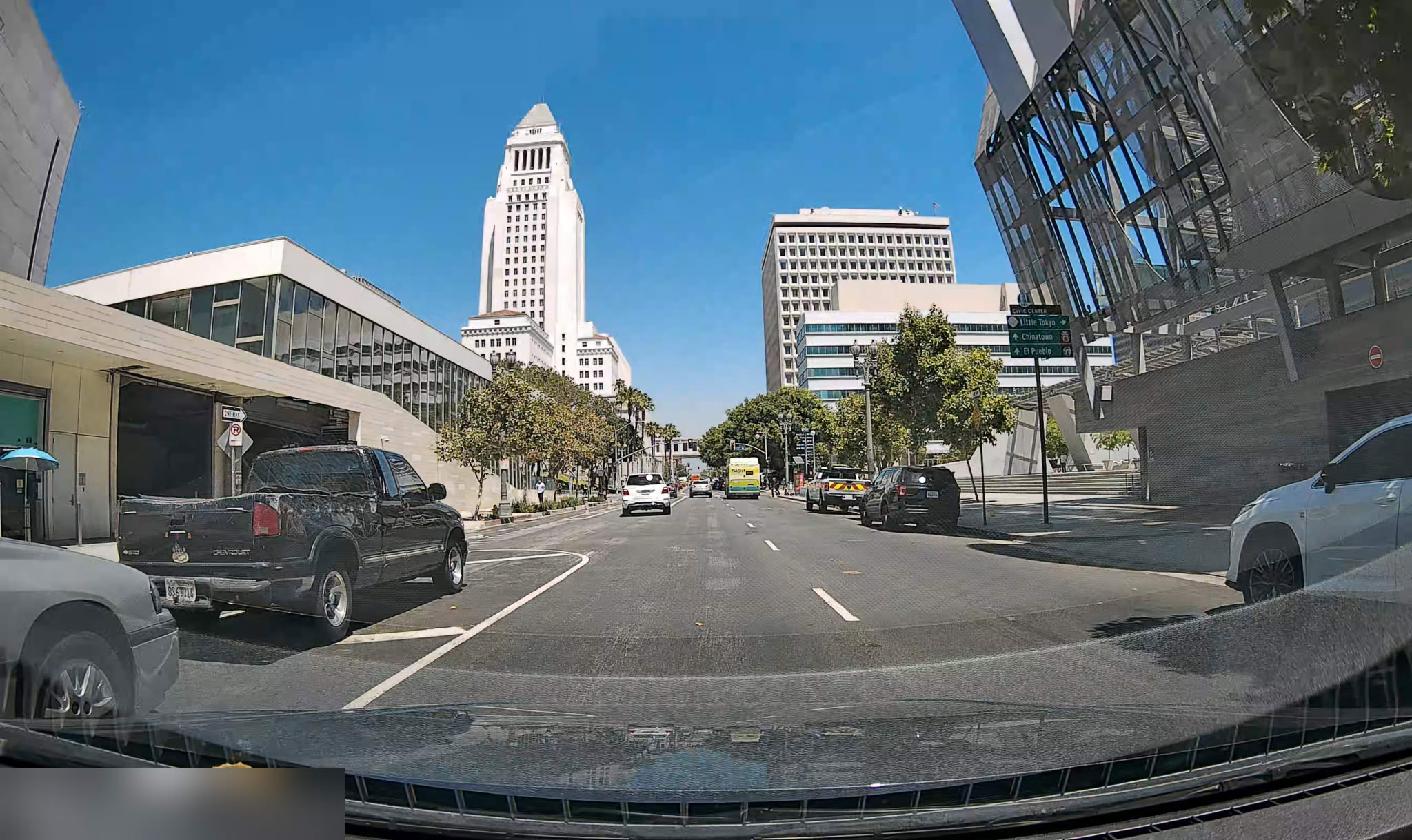
After that, we drove to the Getty Center, which mainly exhibits classical and contemporary artworks. The classical artworks at the Getty felt like they were mainly from Europe, similar to some artworks seen in European palaces.
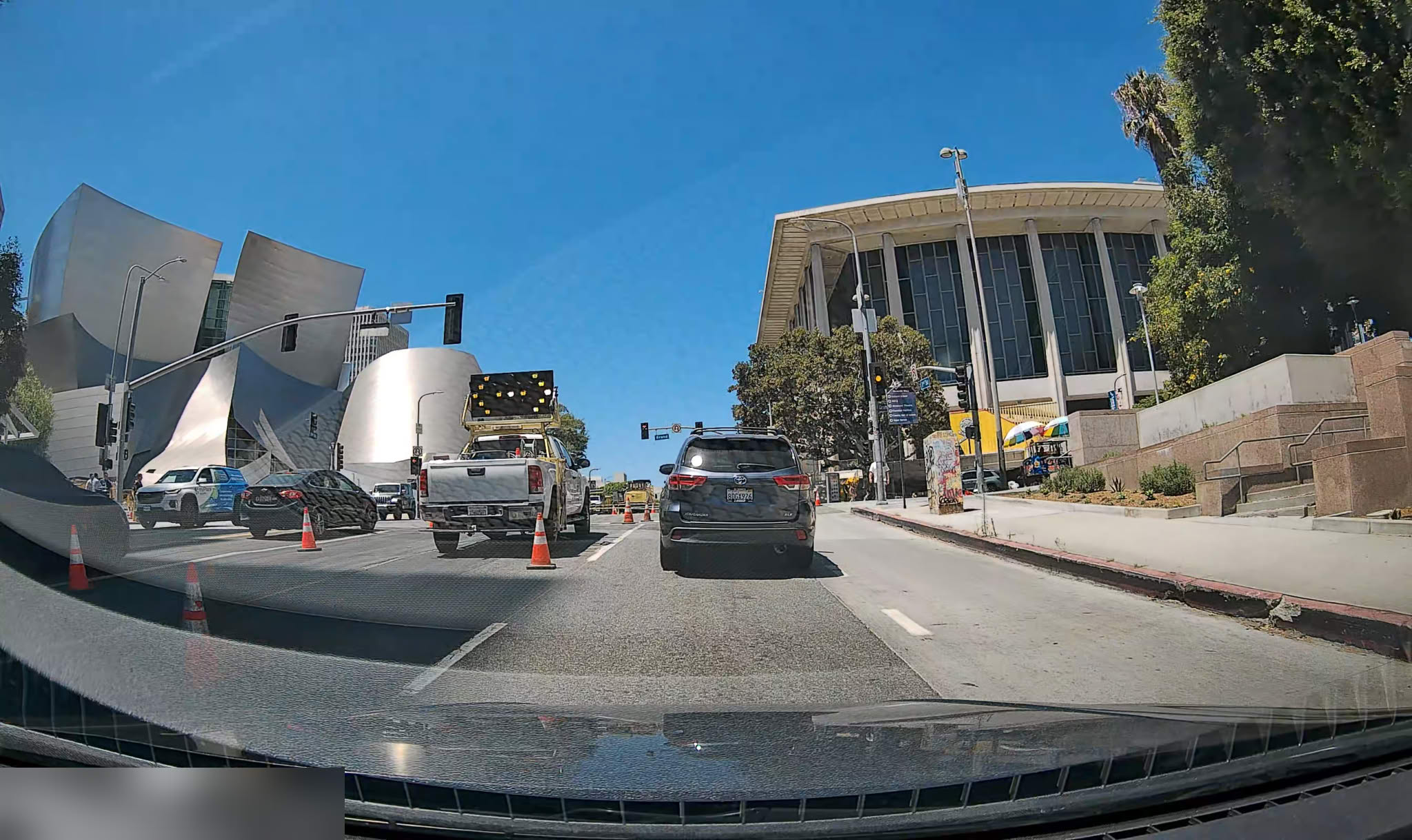
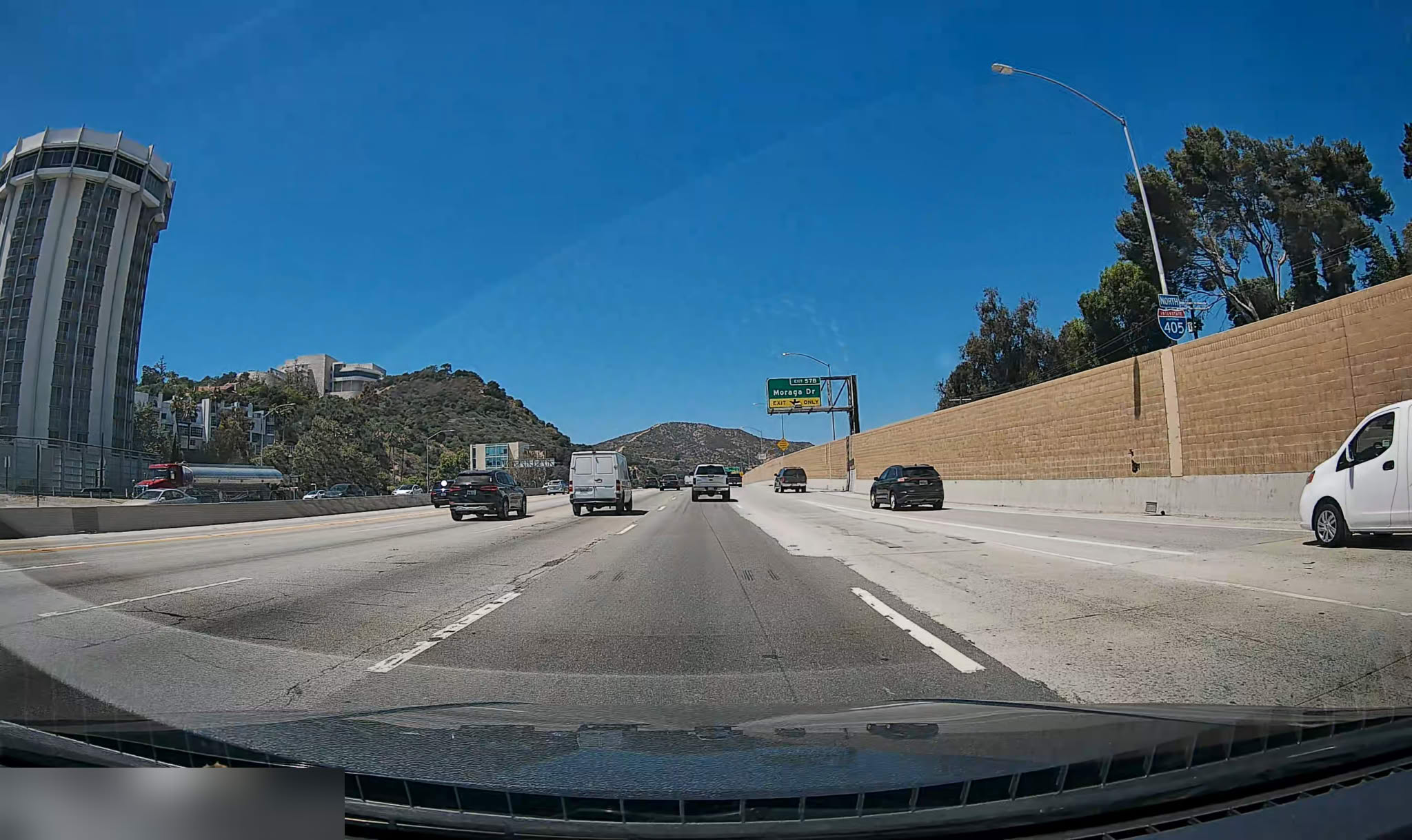
In the evening, I went to Santa Monica Pier. I believe many people first learned about this place in the GTA. The layout of the pier in the game is basically the same as the real Santa Monica Pier.
Parking in Santa Monica is competitive and expensive. You can consider parking in one of the Parking Structures one block away. It seems that parking for less than an hour is free.
Day 7: Los Angeles City
In the morning, I first went around the Hollywood sign. Because the sign is on a hill, it looks relatively small in photos taken with a phone.
At noon, I went for a walk on the USC campus with friends. The USC campus is not large, and the architectural style is quite uniform.
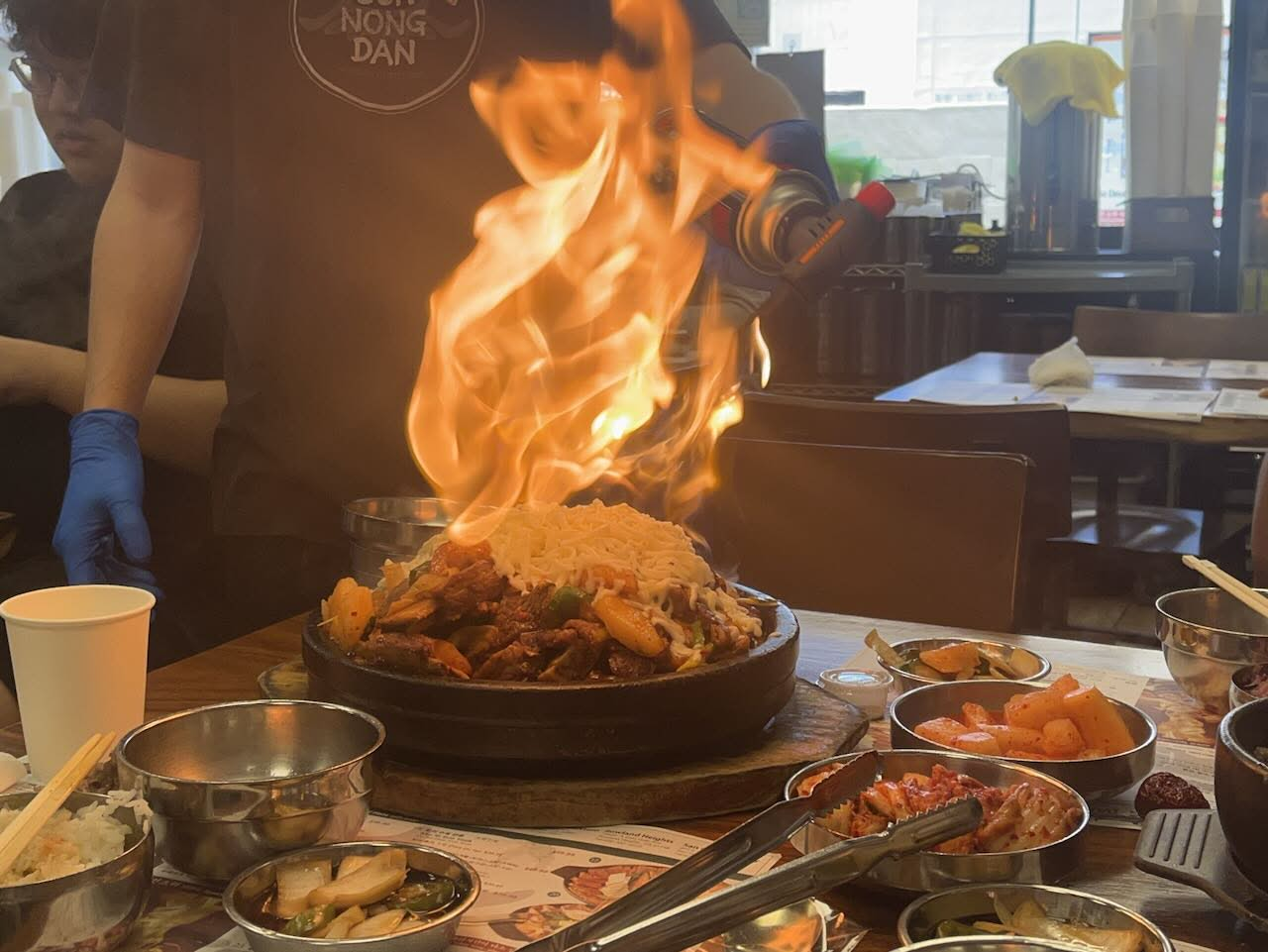
In the evening, I went to the famous In-N-Out Burger near LAX airport. It’s very close to the runway, so you can eat burgers while watching planes.
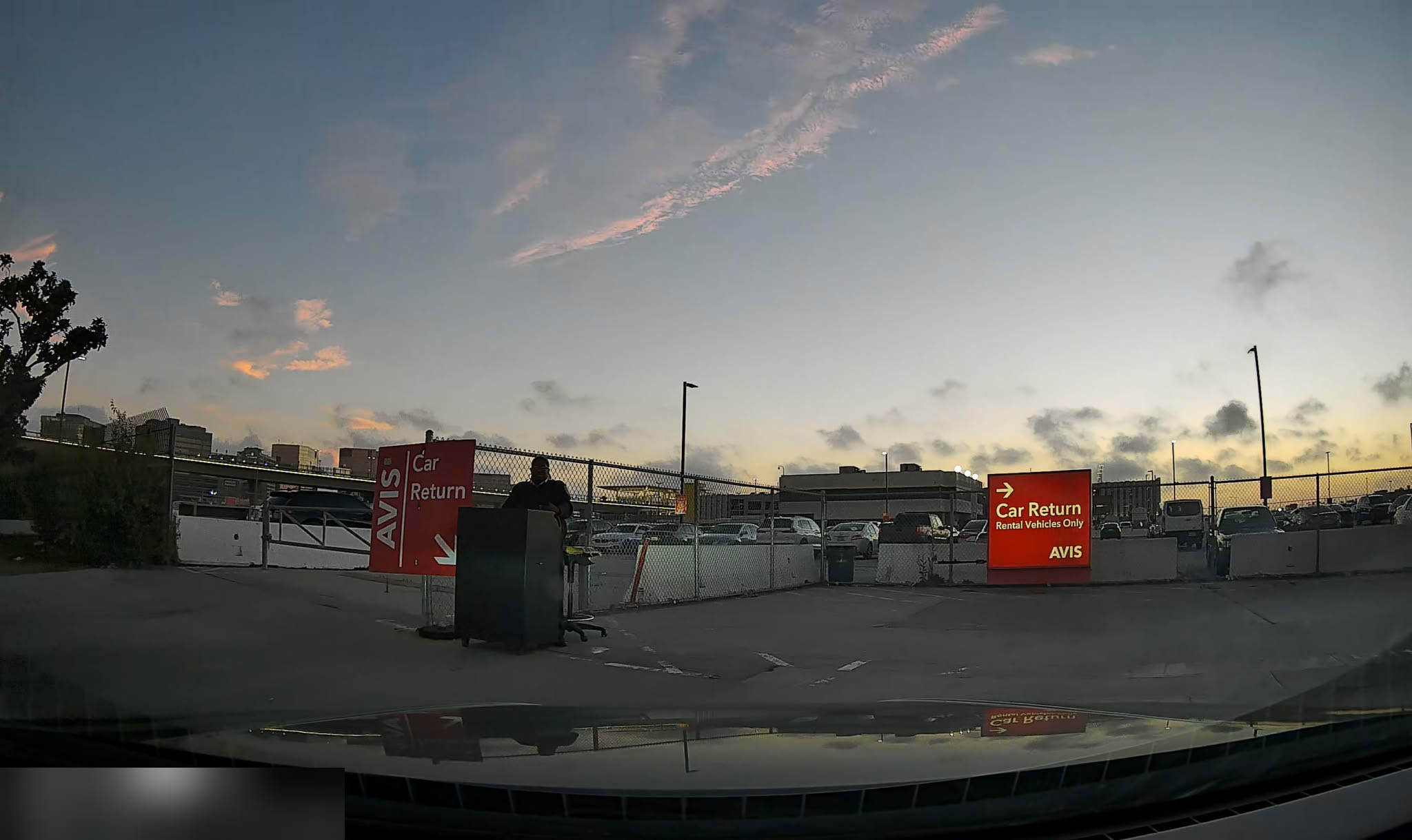
To save on accommodation costs, we booked the latest LAX-EWR flight of the day, which was equivalent to resting for 5 hours on the plane and arriving in New York the next morning.
Day 8: New York
After arriving at EWR, we took the Newark Airport Express bus into the city. You need to buy tickets online in advance or pay the driver cash (22.5 USD). The trip into the city takes about 1 hour (although I was asleep the whole time, so I didn’t notice anything). If there is no traffic, it’s more comfortable than the AirTrain and NJ Transit, which require transfers.
Since I was too tired on that day, we only went to see the Harry Potter play and then went back to the hotel to rest.
Day 9: New York
Downtown
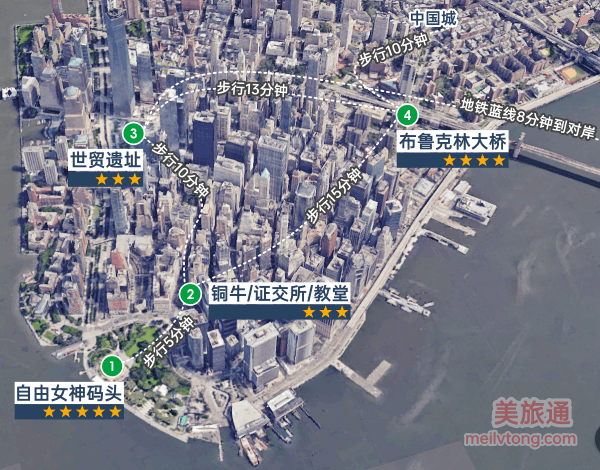
This morning, we first went to the southern part of Manhattan (Downtown).
New York’s subway has a flat fare system, and you can use your credit card to enter. Some stations also support virtual transfers.
Considering the limited time, we didn’t take a boat to see the Statue of Liberty. The distance from Battery Park is relatively far. Also, because Battery Park was under construction, the whole seaside was surrounded by fences, and there were only a limited number of angles to see the statue.
After leaving Battery Park, walking north along Broadway will take you past Wall Street, the NYSE, and other locations.
Brooklyn Bridge
After walking to Fulton St station, you can take the subway one stop to High St, and then walk back to Manhattan Island across the Brooklyn Bridge.
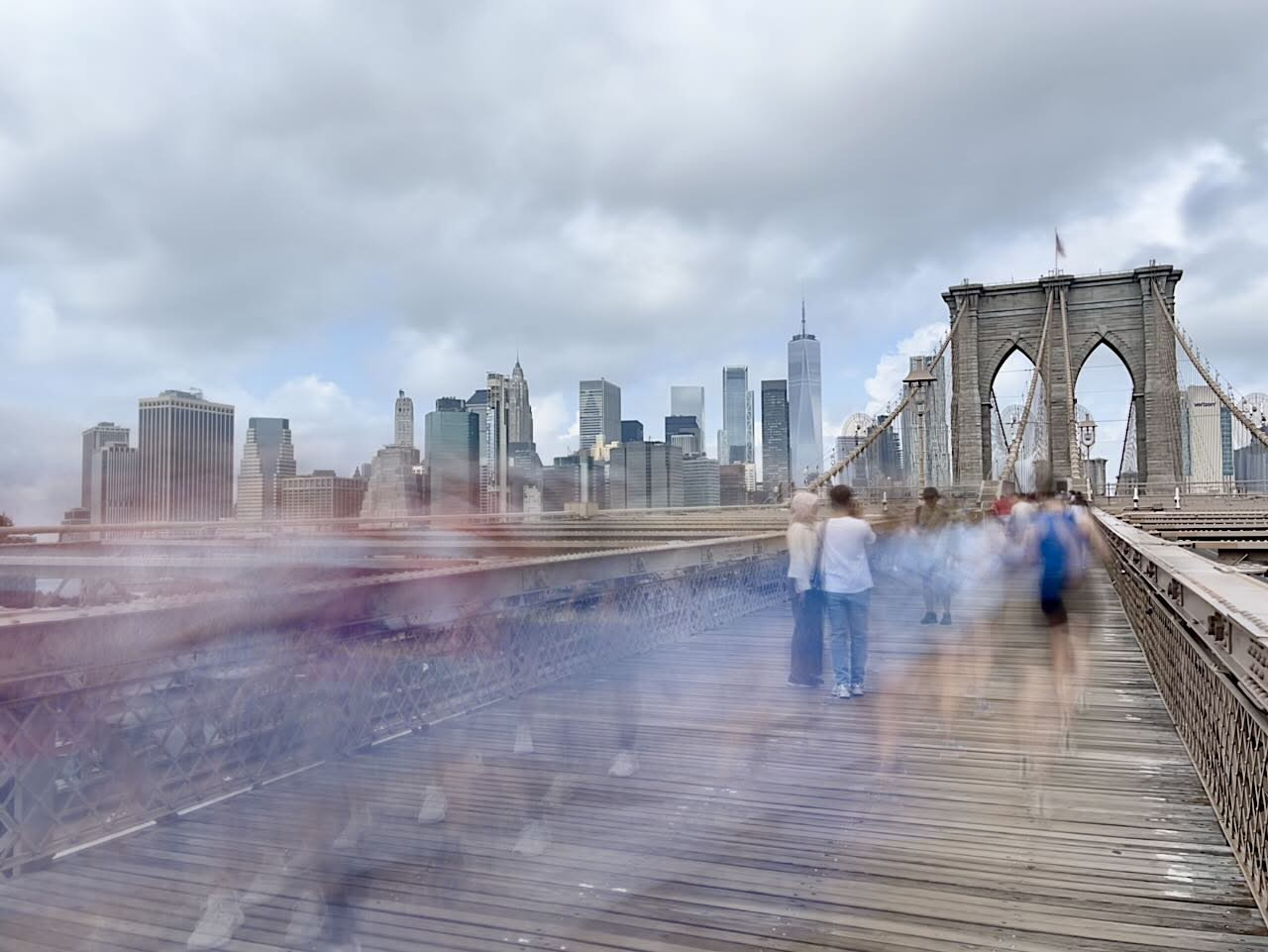
Intrepid Sea, Air & Space Museum
In the afternoon, I visited the Intrepid Sea, Air & Space Museum (USS Intrepid (CV 11)) with a classmate. The structure is similar to the Minsk aircraft carrier museum in Shenzhen. They are both decommissioned aircraft carriers, with some other aircraft on display.
Before returning to the hotel in the evening, I also went for a walk in Grand Central, which mainly handles MTA subway and LIRR commuter rail traffic.
Another feature of New York is its steam system for heating. However, due to years of disrepair, you can often see steam coming out of cracked pipes on the street.
Day 10: New York
United Nations Headquarters
In the morning, I visited the United Nations. You need to book tickets in advance. One hour before the guided tour, you need to go to the Visitor Check-in Office opposite the UN headquarters to get a tag using your passport, and then you can enter the main building after security check.
The guided tour lasts about an hour. If there are no meetings that day, the tour guide will take you to see several major meeting rooms.
Metropolitan Museum of Art
In the afternoon, I went to the Metropolitan Museum of Art. Since it was a bit late when I entered (only 1.5 hours before closing), we followed the “An Hour at The Met” guide on the Met’s official website and visited some famous exhibits. However, this website has been removed as of the time I write this blog, and I don’t know why. This guide page can be found in the web archive. Or you can check the museum’s official website for any tours on the day of your visit and make your arrangements accordingly.
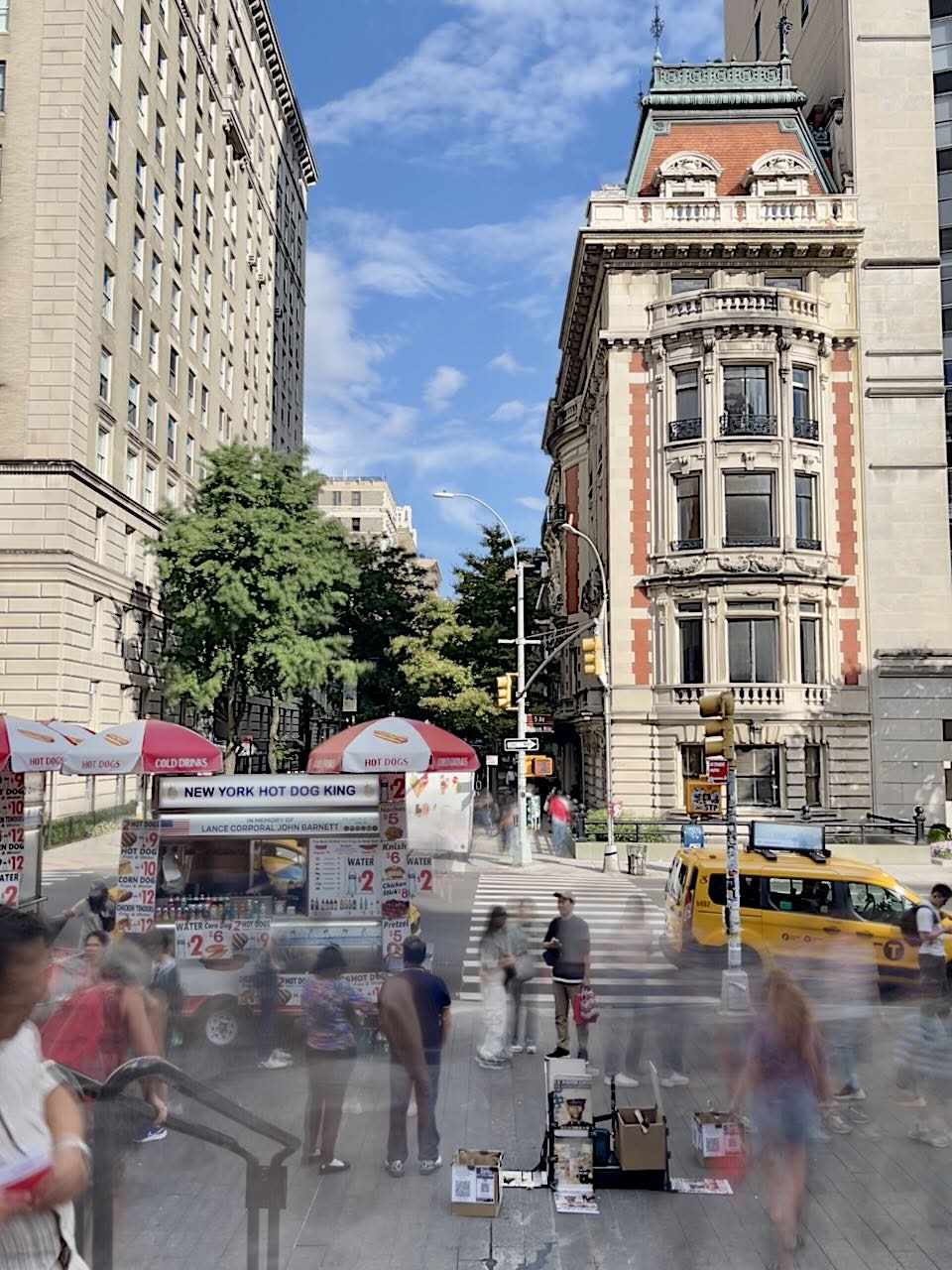
Central Park
We stayed until the museum closed. After leaving the museum, I went to Central Park. The park itself wasn’t particularly special and was similar to many city parks in mainland China. Maybe the main point is that the park is built on the valuable land of Manhattan.
Day 11: New York-Washington, D.C.
Because I wanted to experience another type of public transportation in North America, we chose to take the train from New York to Washington, D.C. There are three types of trains to choose from: Northeast Regional, Silver Meteor, and Acela. The Northeast Regional and Silver Meteor are regular speed trains that can travel at 200km/h, while Acela is a high-speed train that can travel at 250km/h. The price is also cheaper for the first two. If you don’t have a strict time requirement, you can consider purchasing the Northeast Regional. If booked 1-2 months in advance, tickets can be as low as 25 USD from New York to Washington, D.C., which is very cheap compared to other transportation methods like the subway.
Northeast Regional train tickets do not assign seats; seating is on a first-come, first-served basis. Half of the seats in each car are in the reverse direction.
After the train starts, the ticket inspector will come to check tickets (scan the QR code on the electronic ticket). After checking the tickets, the inspector will place a card above the seat (in the paper ticket era, they would directly insert the ticket above the seat), indicating that the seat has been checked and occupied.
You need to swipe a SmartTrip card to enter the Washington subway. You can open a card in Apple Pay (with an opening fee) or buy one with a credit card at a self-service vending machine (you can load it into your phone after purchasing and get a commemorative card).
Day 12: White House, Washington Monument
White House
Washington Monument
To visit the monument, you need to go through security first (similar to airport security), and then take an elevator inside the monument to a museum at the top. The museum has some display boards introducing the construction and maintenance of the monument, and small windows where you can see the views around the monument.
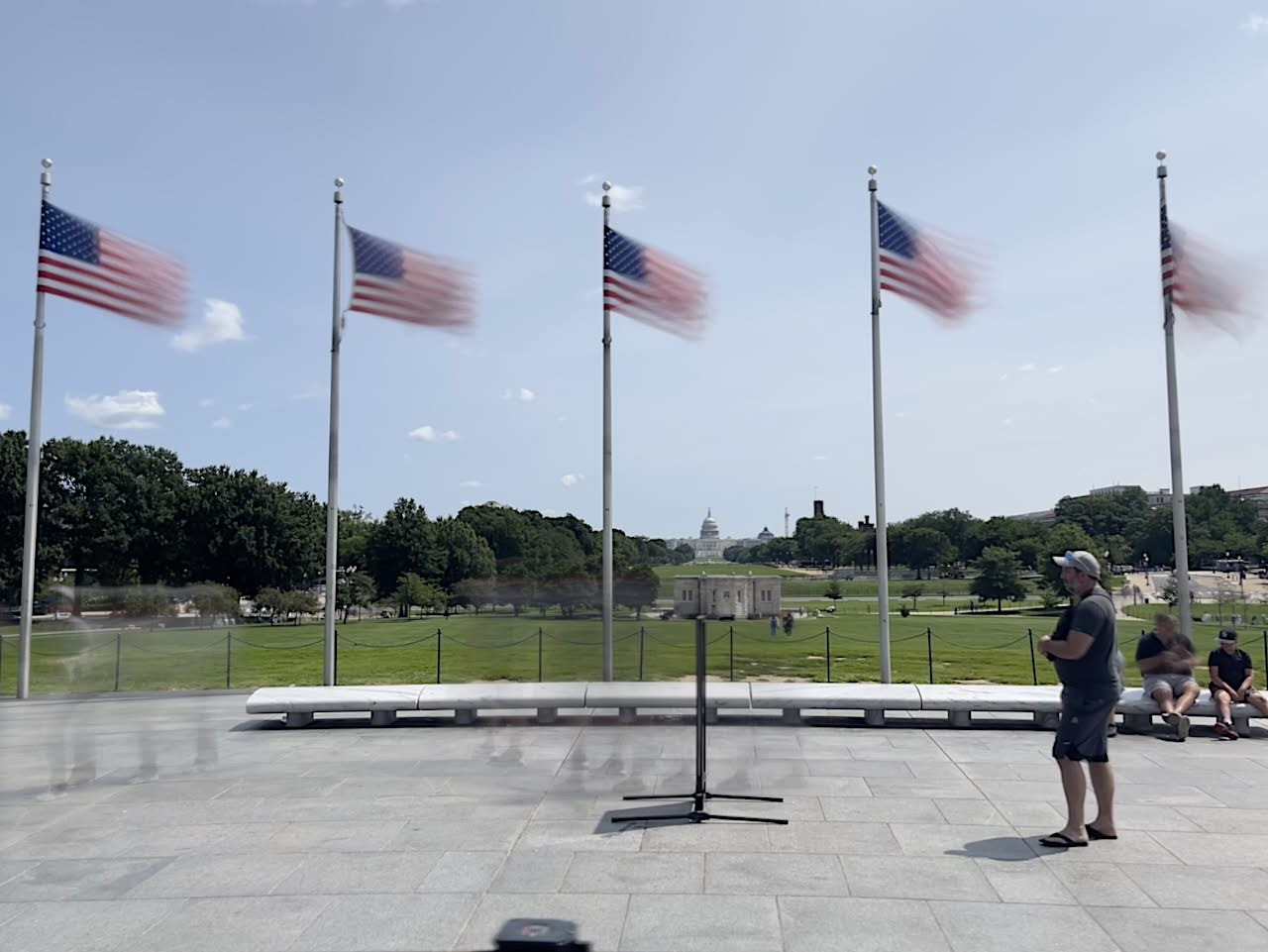
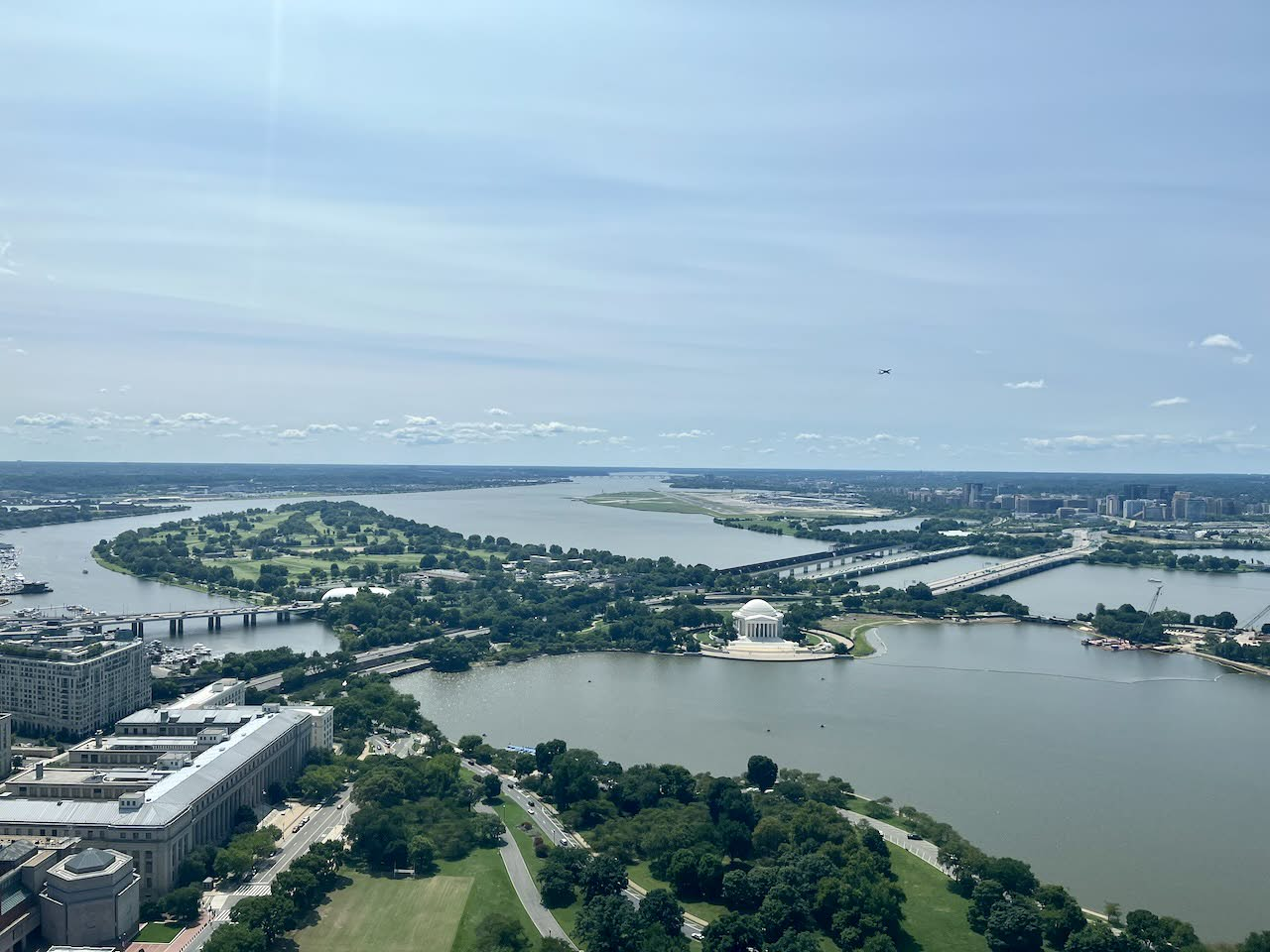
Smithsonian National Museum of Natural History
The Smithsonian National Museum of Natural History mainly displays biological specimens and geological minerals. The collection is very rich, especially the minerals, where samples from almost all minerals you can find on the market are displayed.
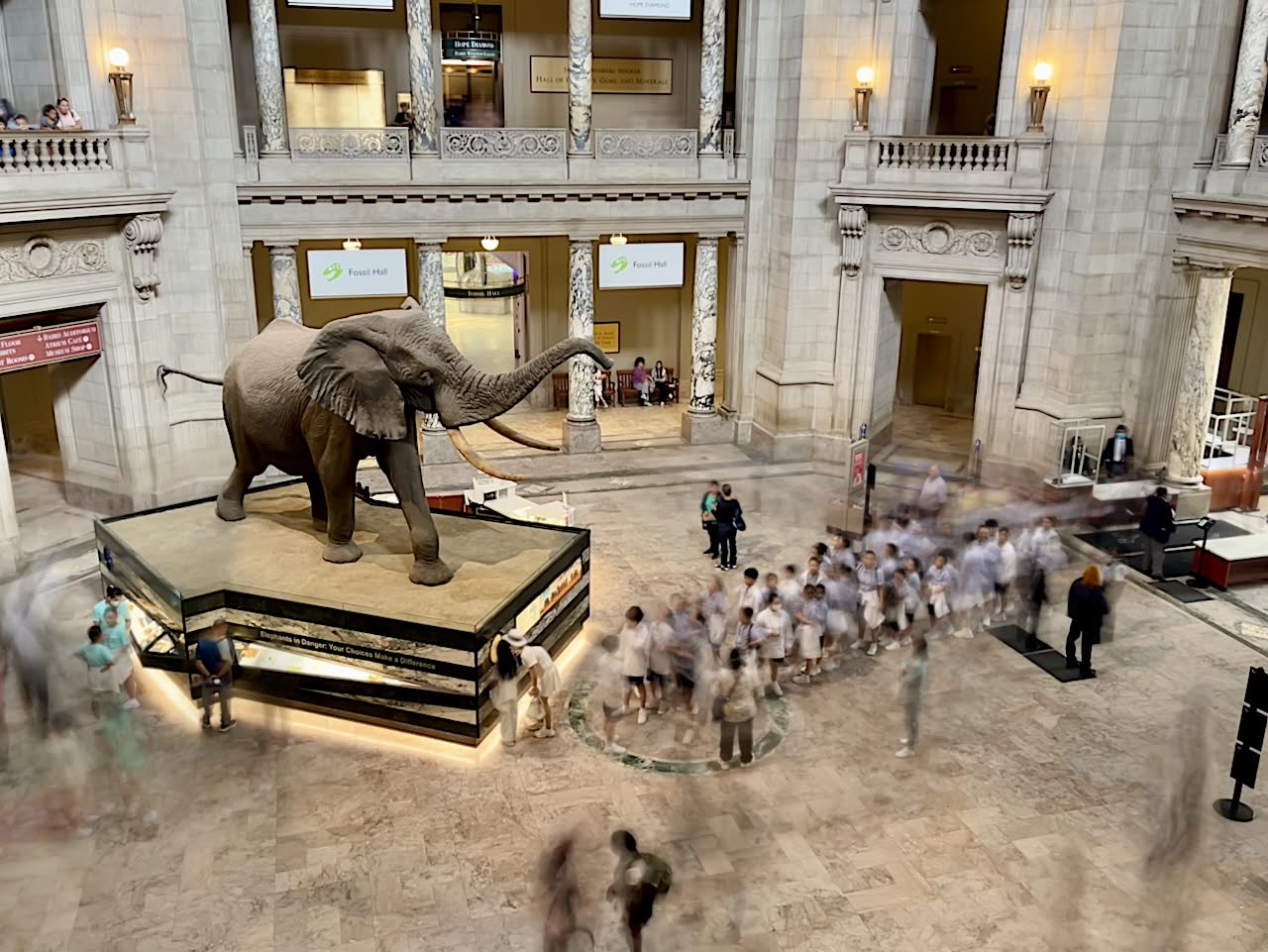
National Mall
The National Mall refers to the large lawn and group of buildings between the Capitol Building and the Lincoln Memorial.
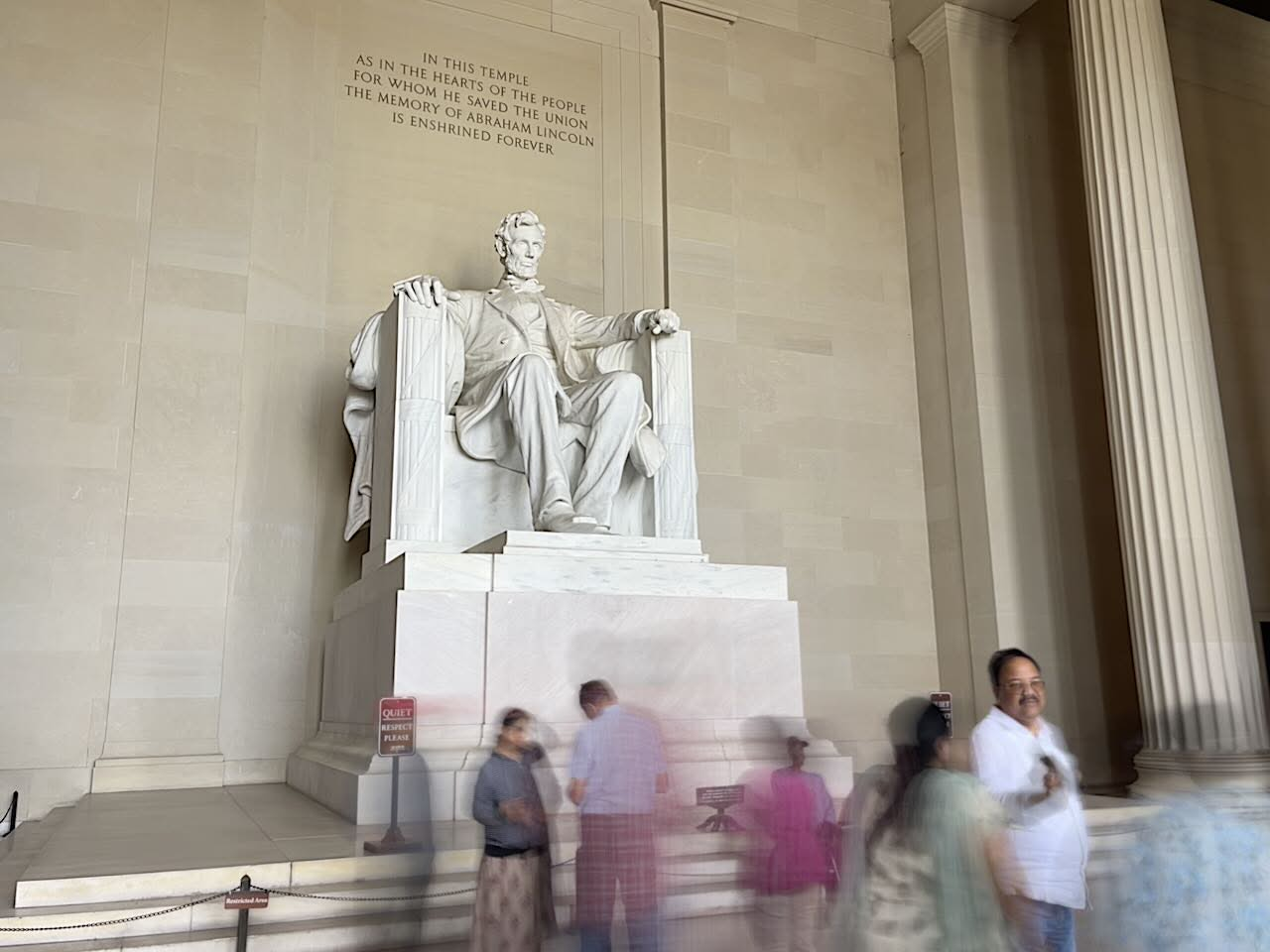
Day 13: Capitol, Library of Congress, Art Gallery, Air and Space Museum
Capitol, Library of Congress
The Capitol and the Library of Congress are connected. You need to book a tour on the website to enter. The tour starts with a guide showing a short video introducing the Capitol system. Then, the guide will take you around the hall. Meeting rooms seem to require a separate arrangement with a member of Congress to enter.
National Gallery of Art
Smithsonian National Air and Space Museum
The Smithsonian National Air and Space Museum has two locations, one in the city and one next to the IAD airport. The museum in the city is more educational, with more interactive exhibits, while the museum next to the airport is larger, with more aircraft models (including SR71, the space shuttle, etc.). Due to scheduling, I only went to the museum in the city.
Day 14: Return Trip
My return journey was on United Airlines, flying from Washington Dulles IAD to San Francisco SFO, then taking a Singapore Airlines flight to Singapore SIN, and finally transferring back to Hong Kong HKG. This long journey took a total of nearly 24 hours in the air.
